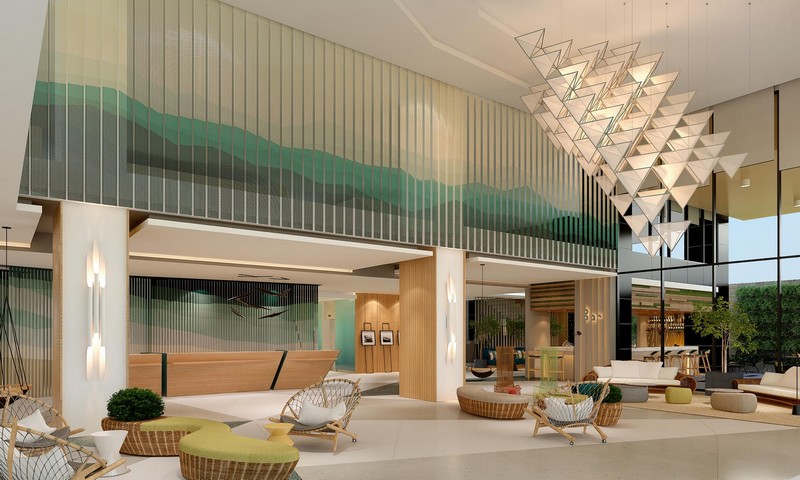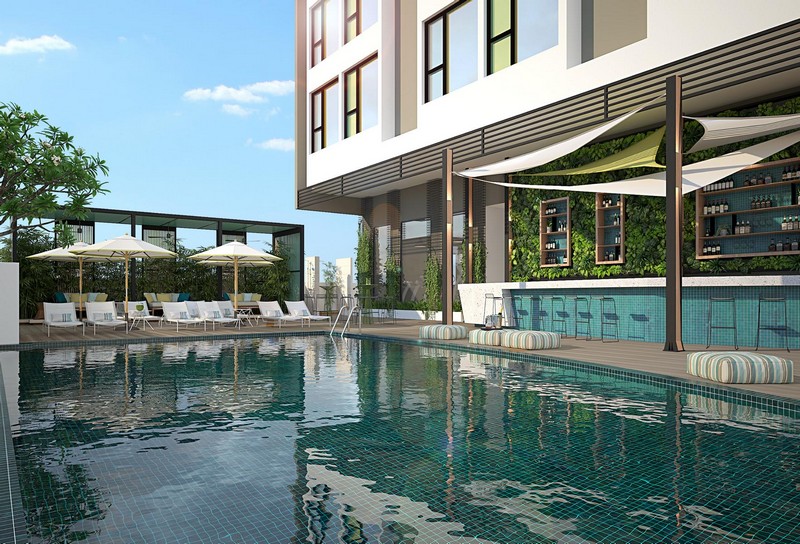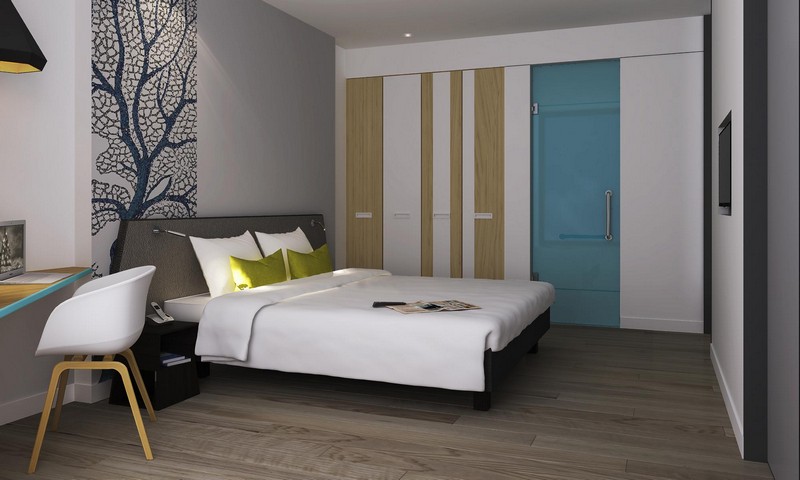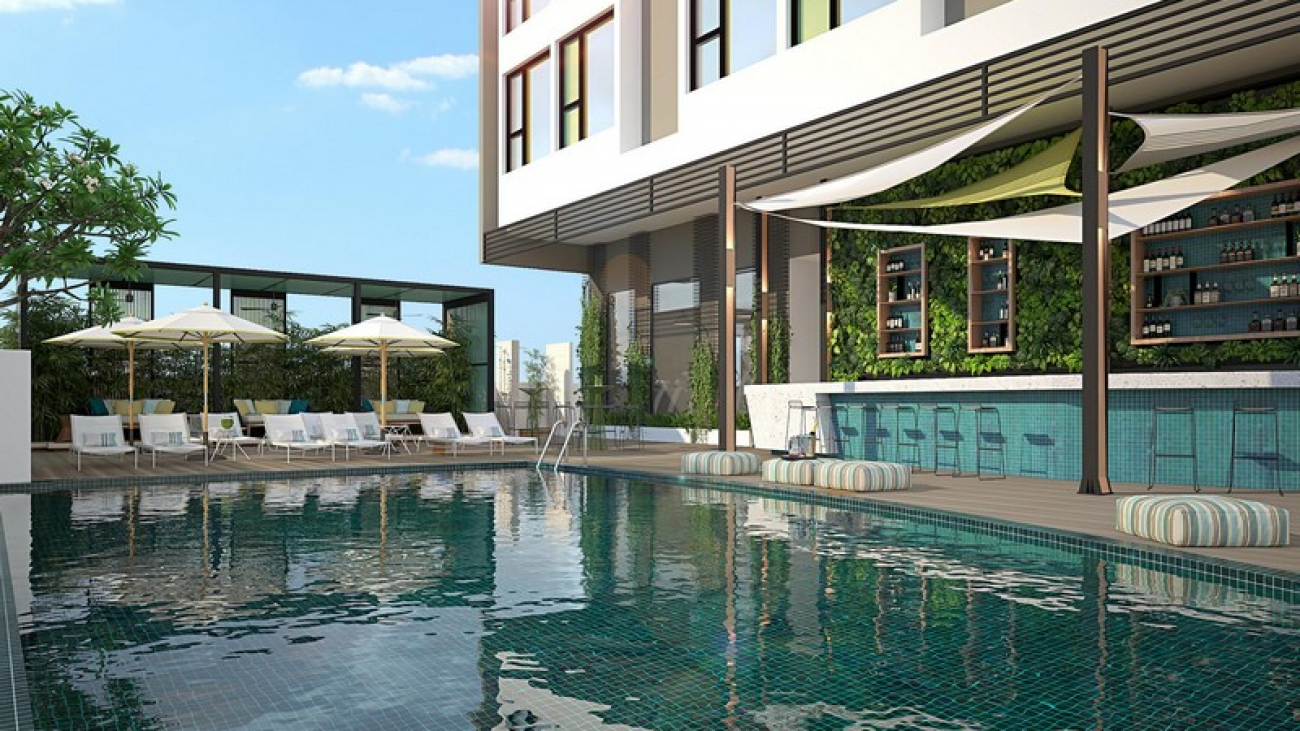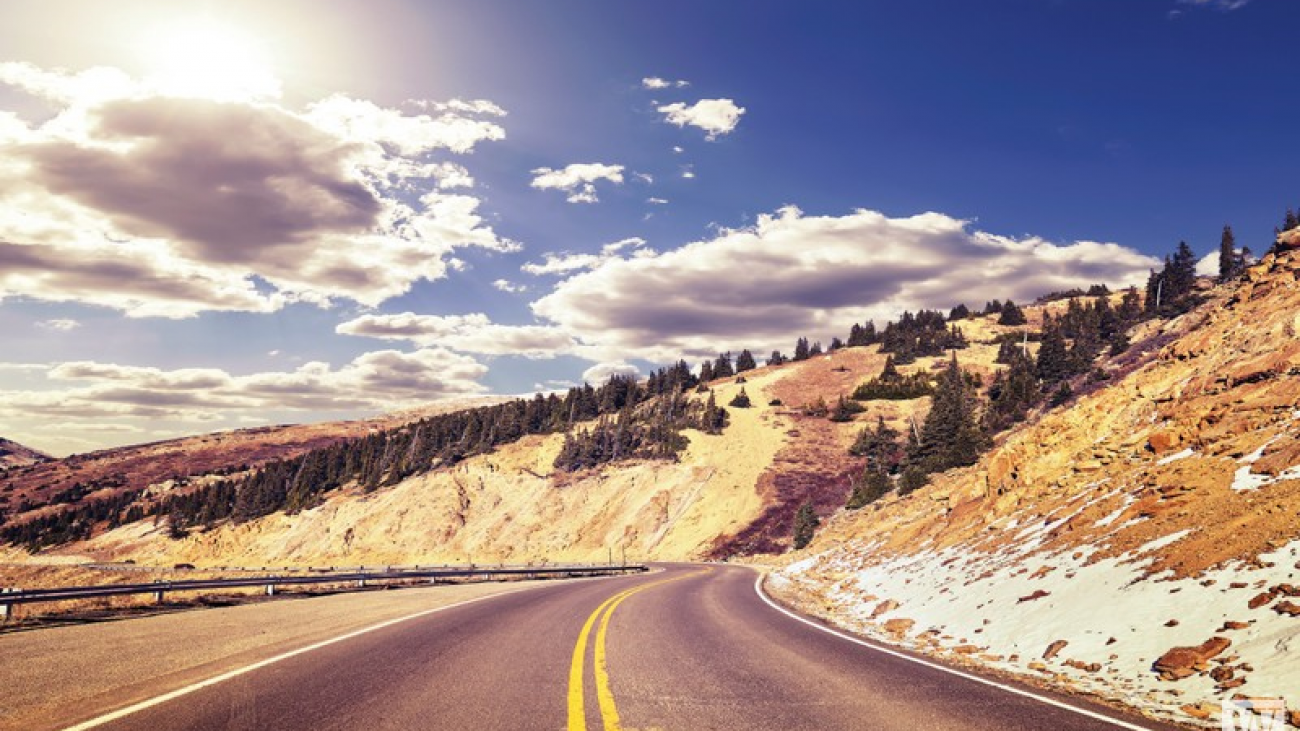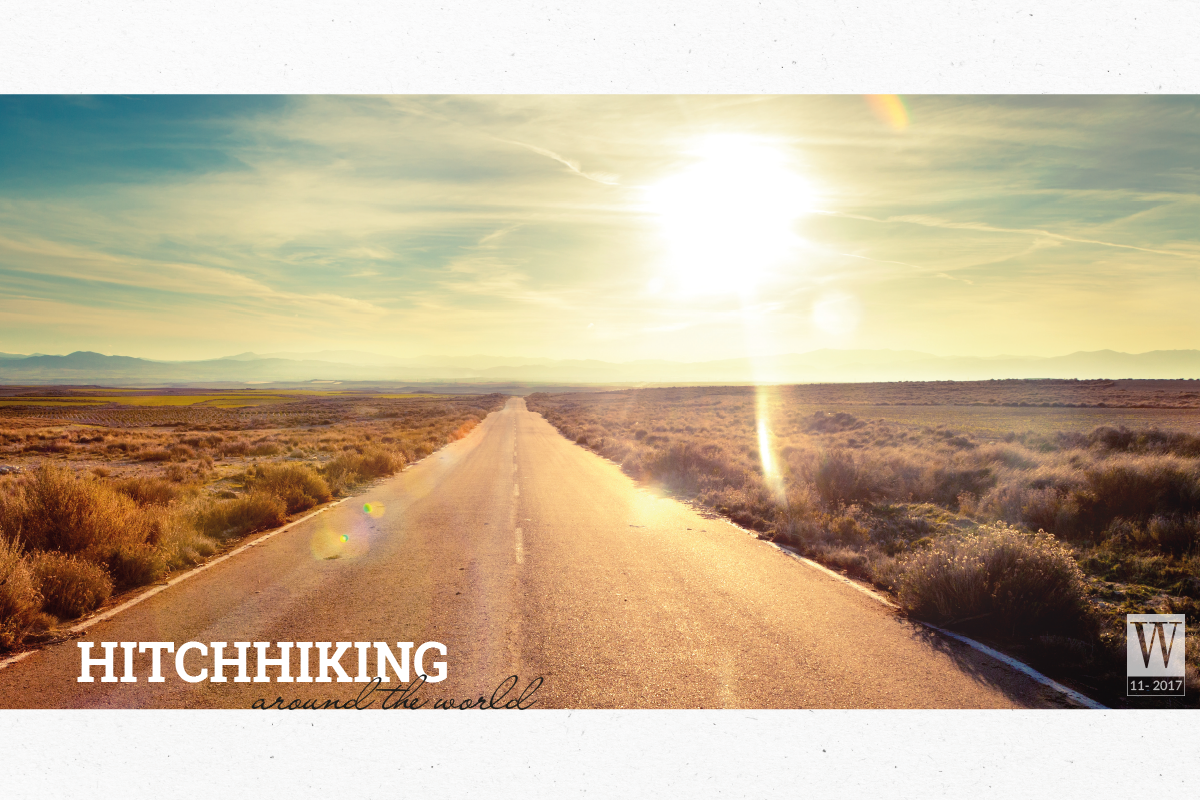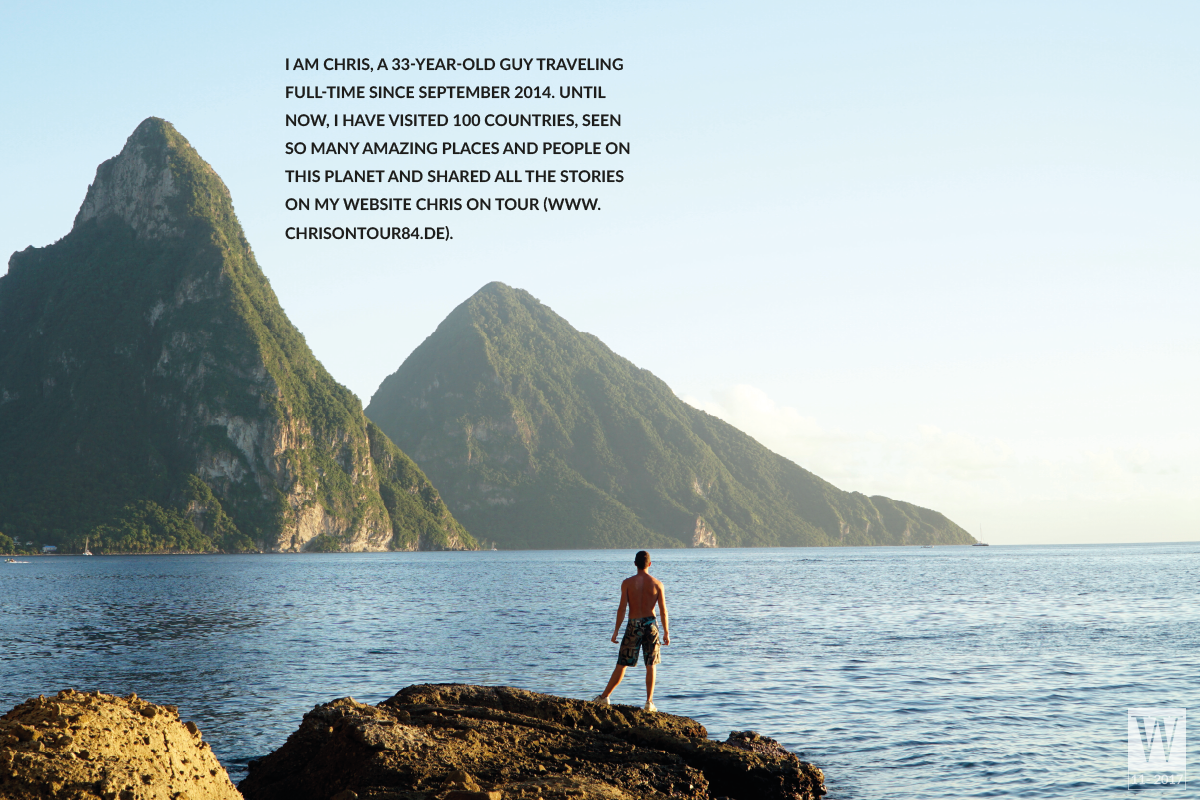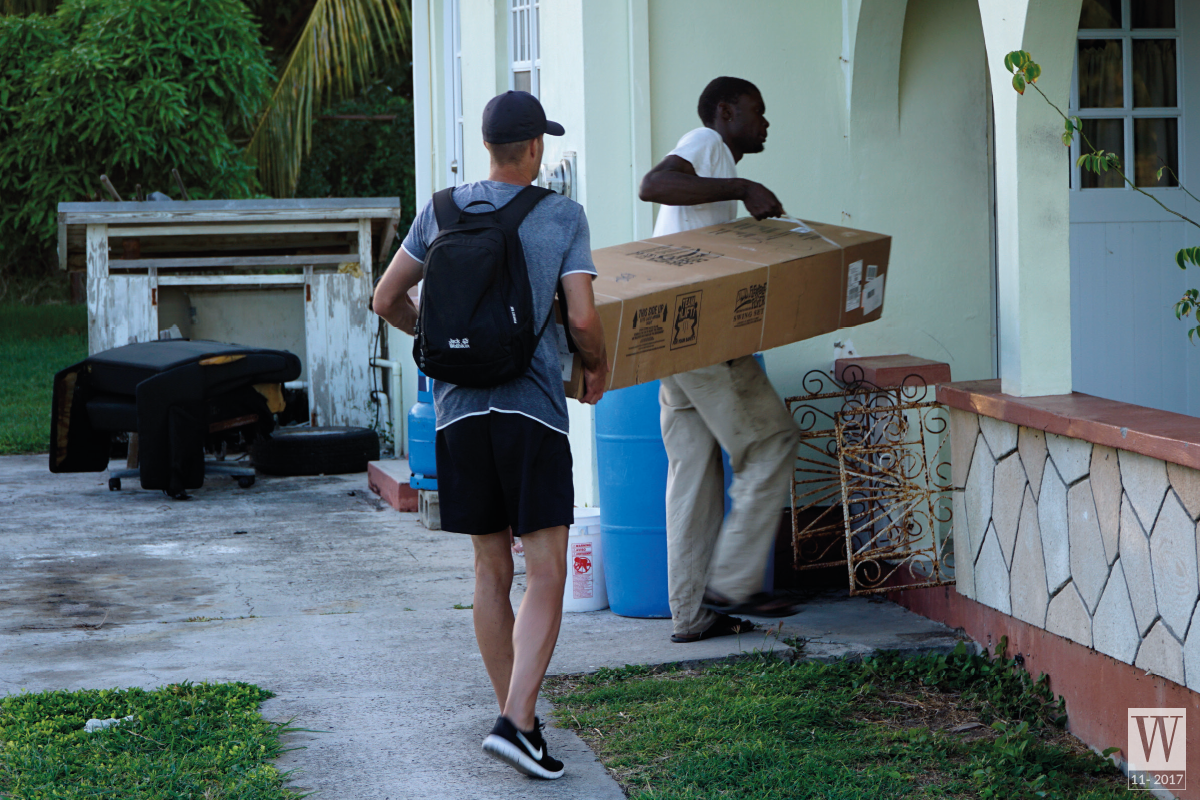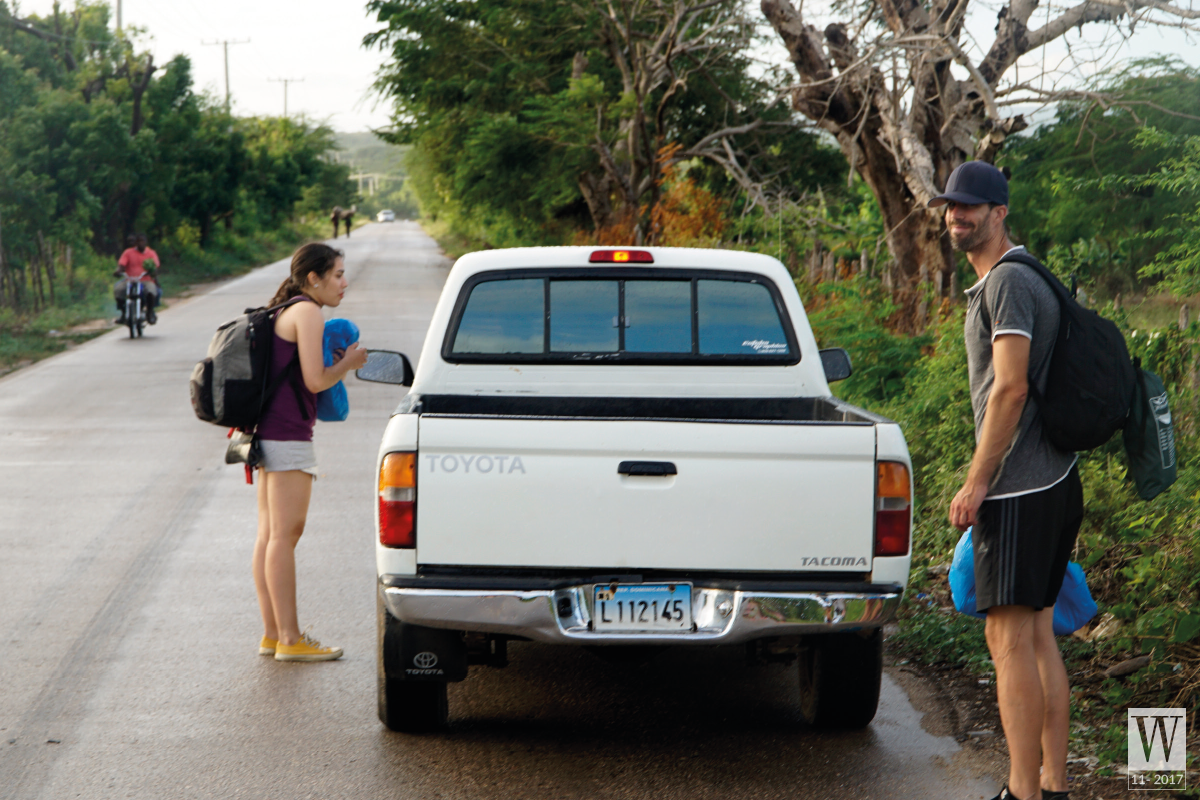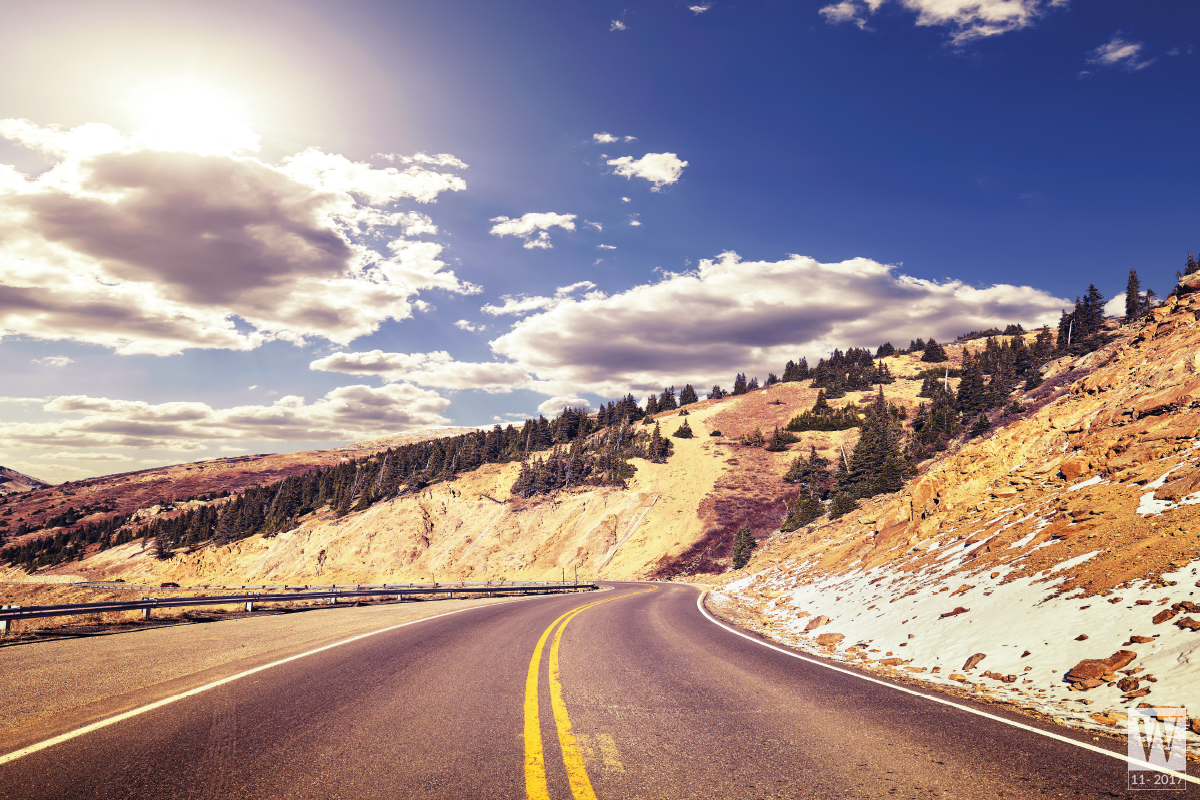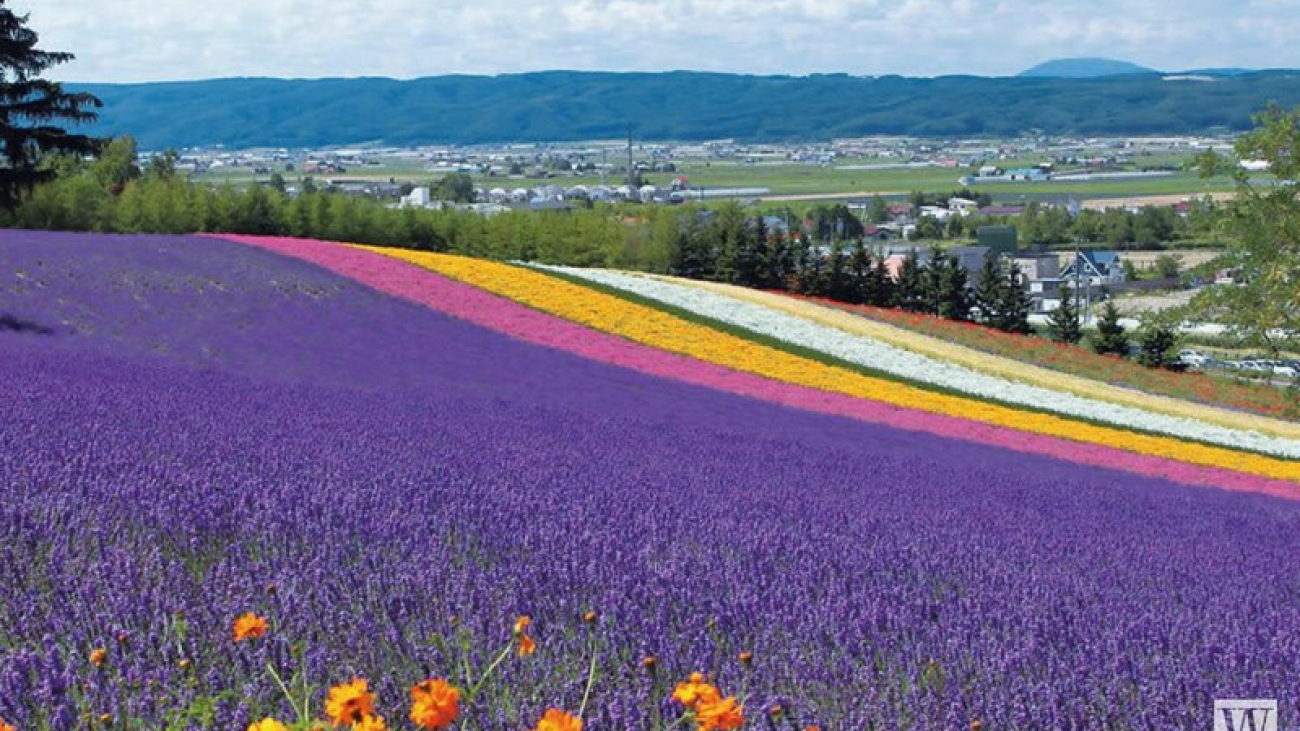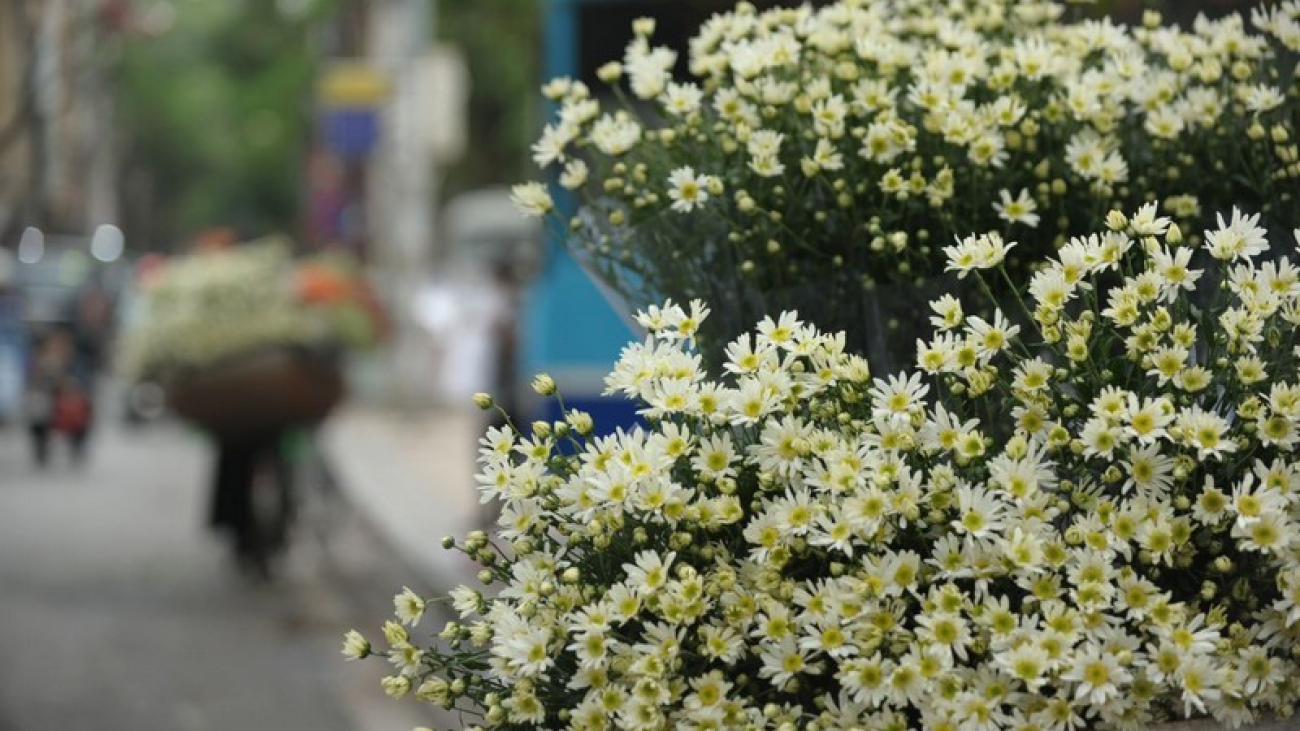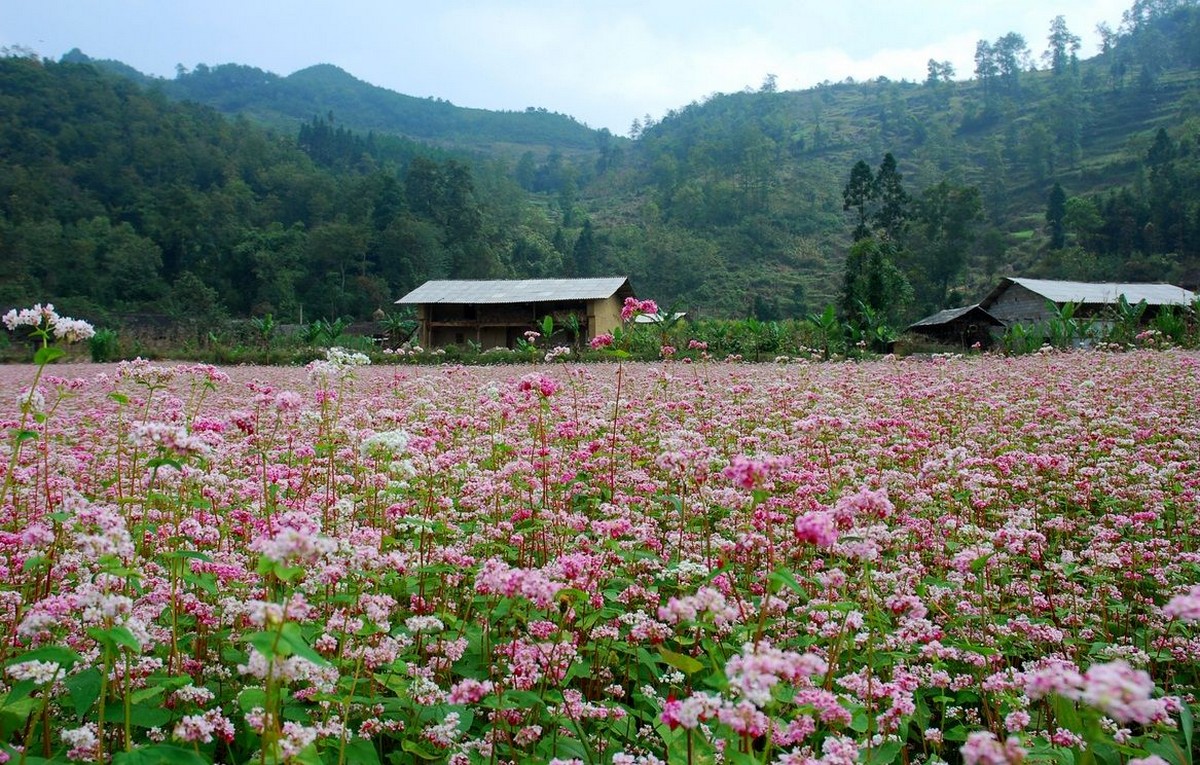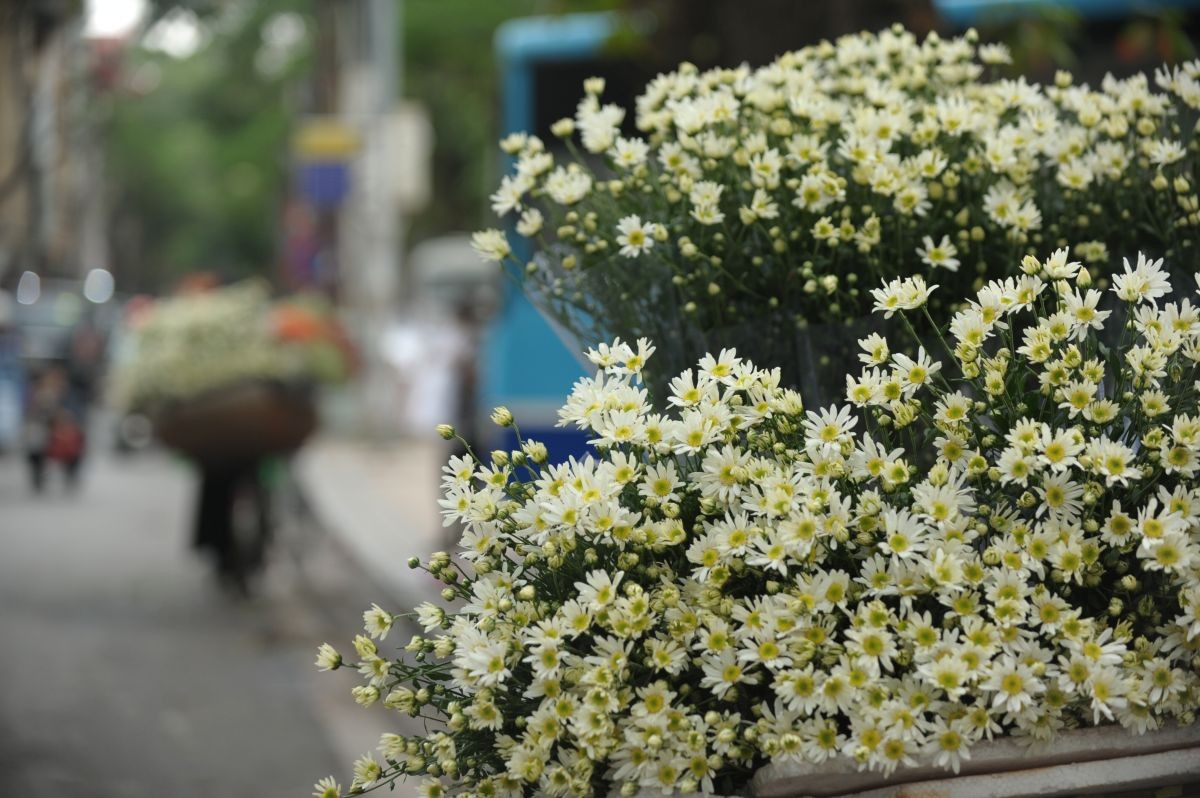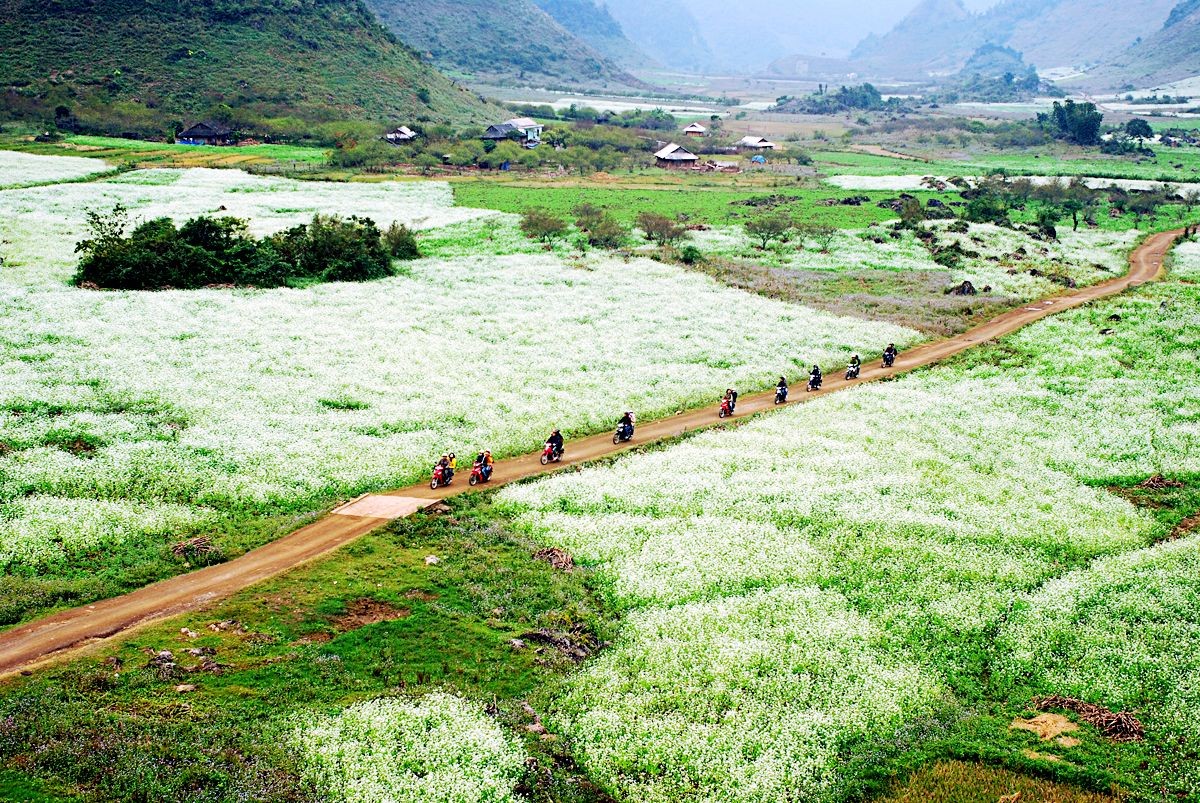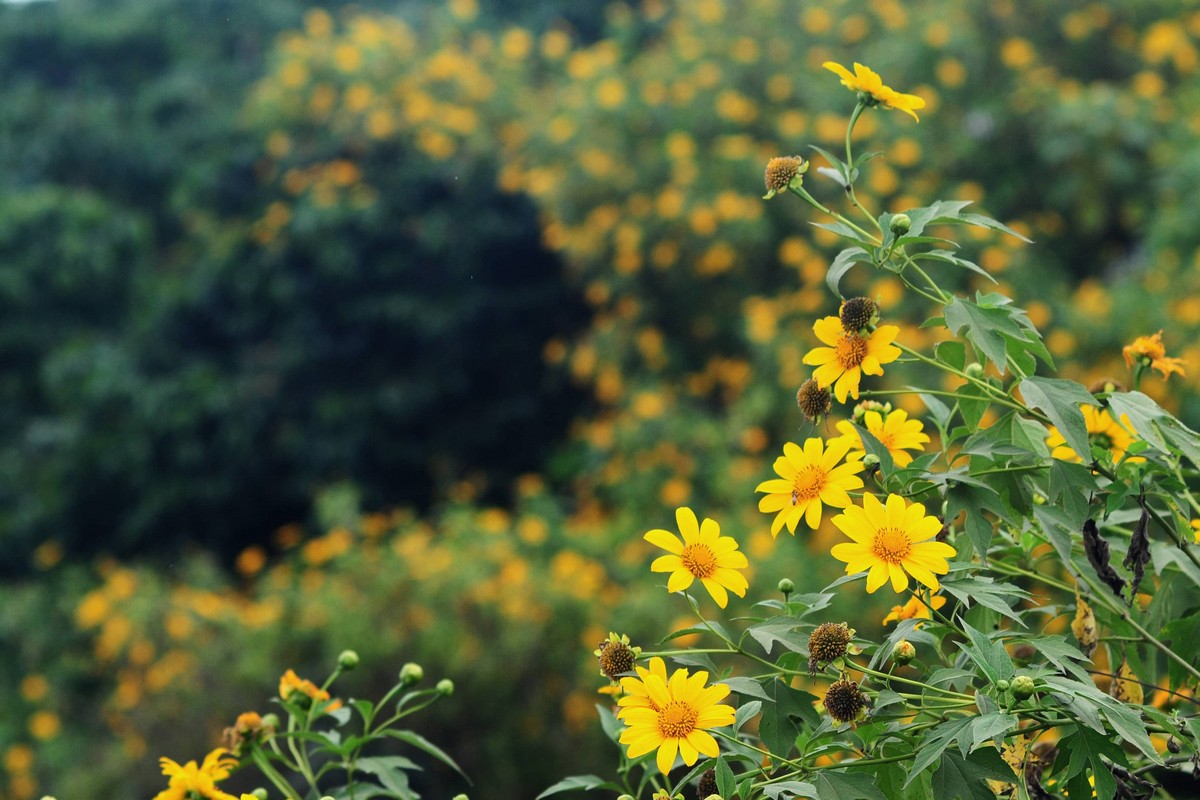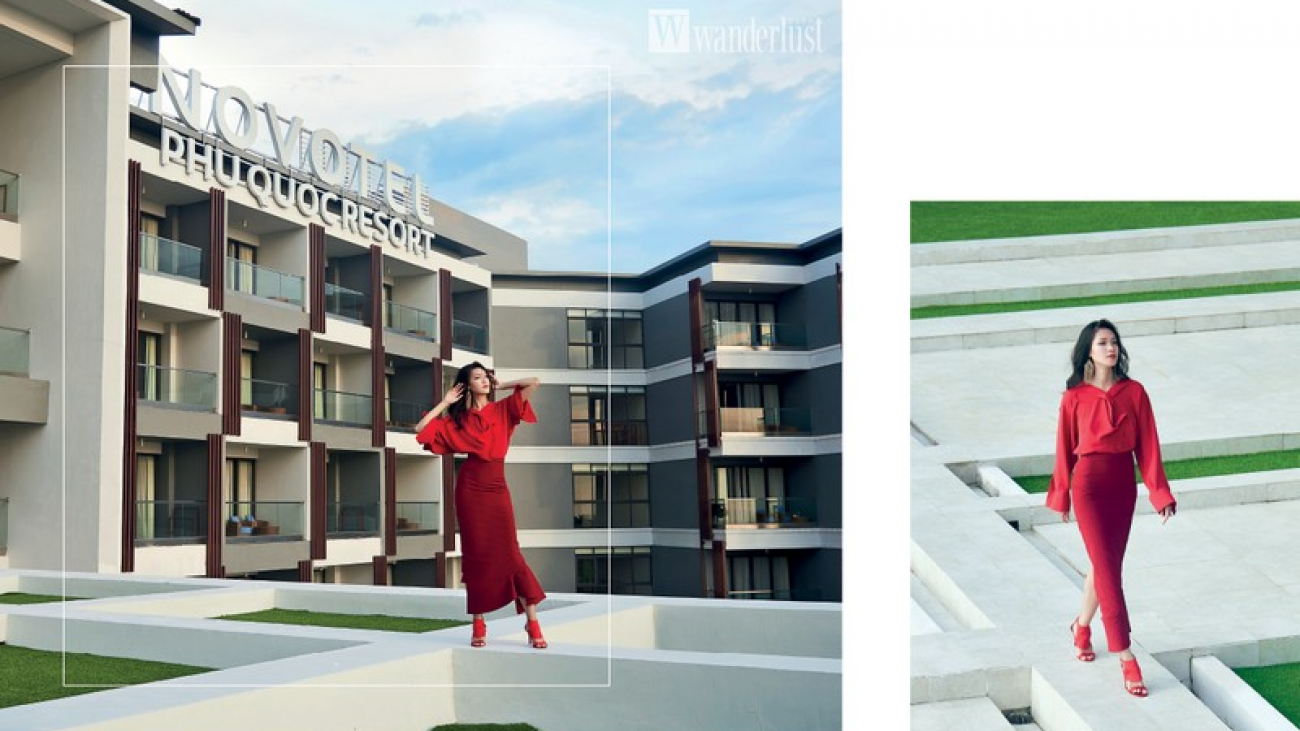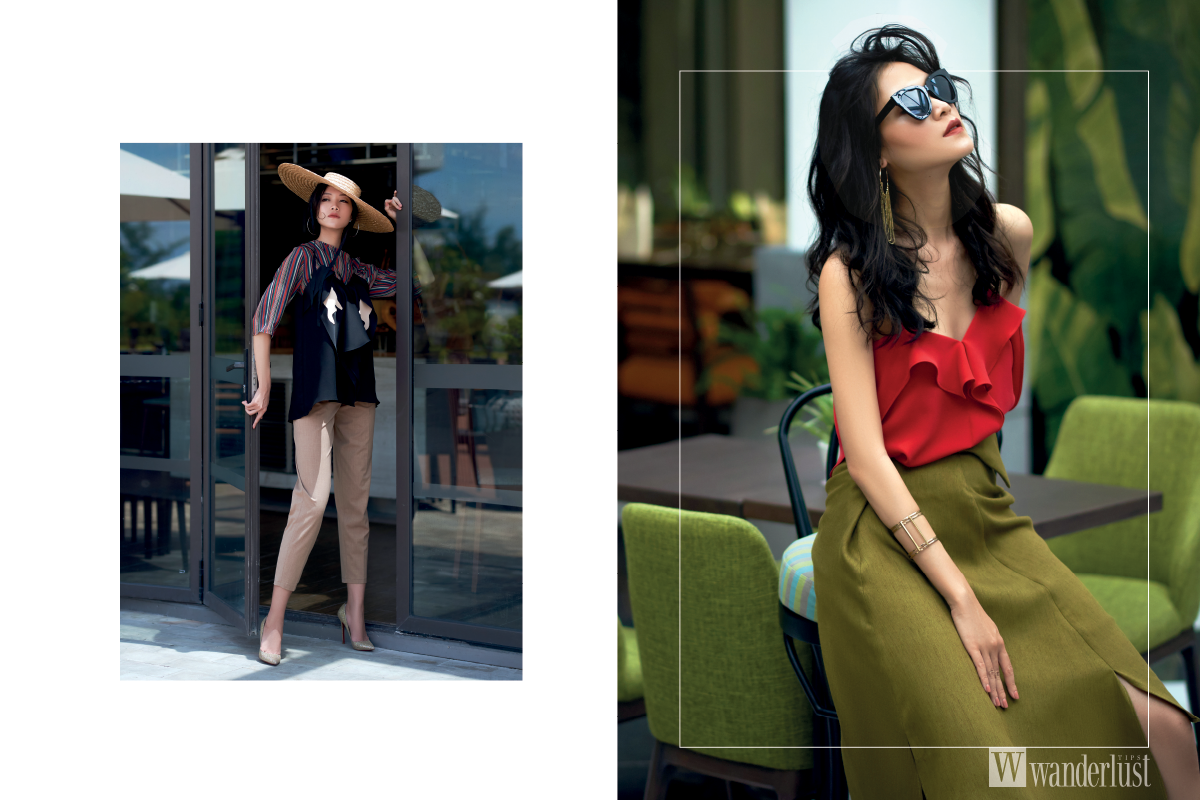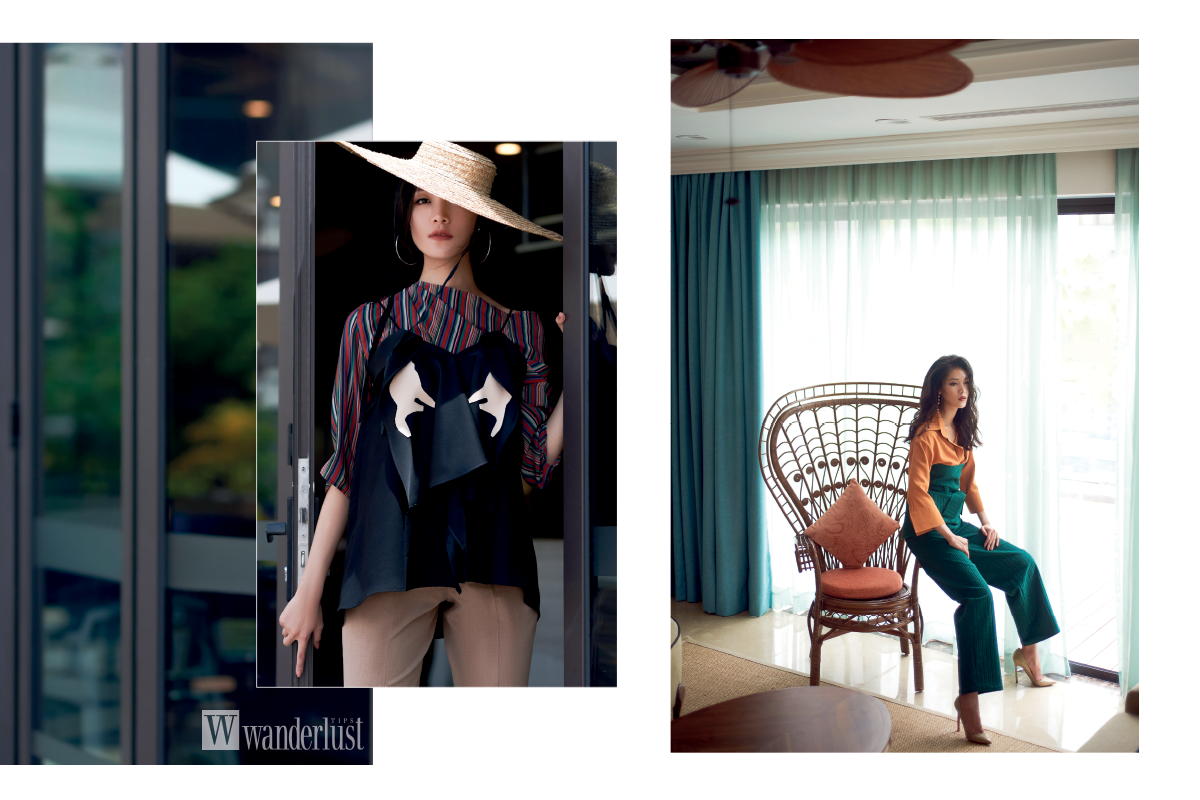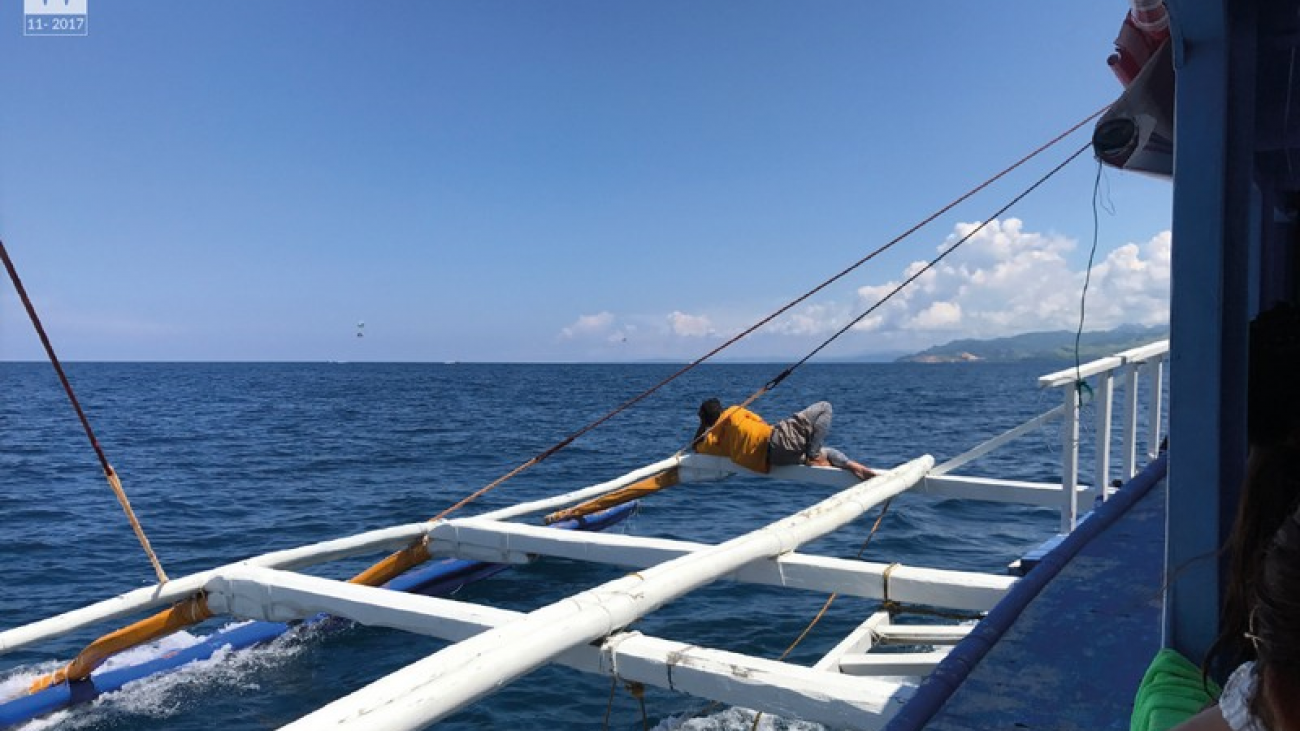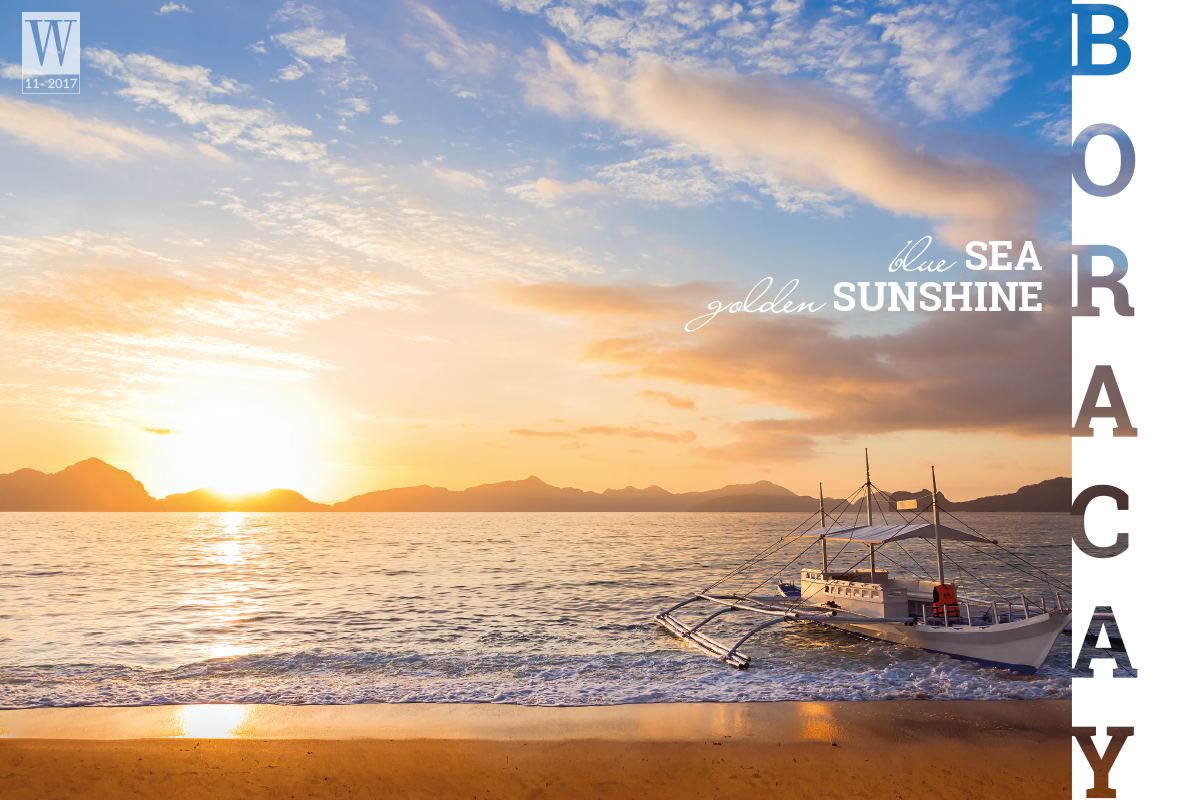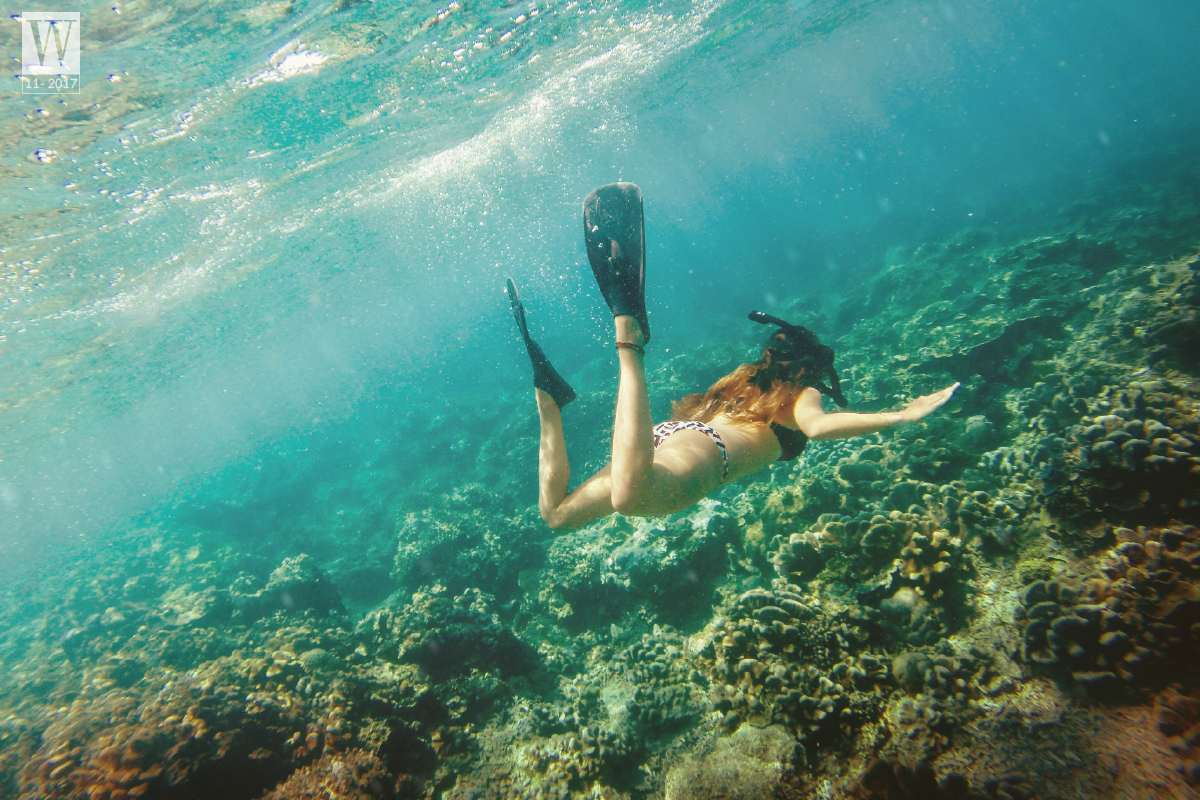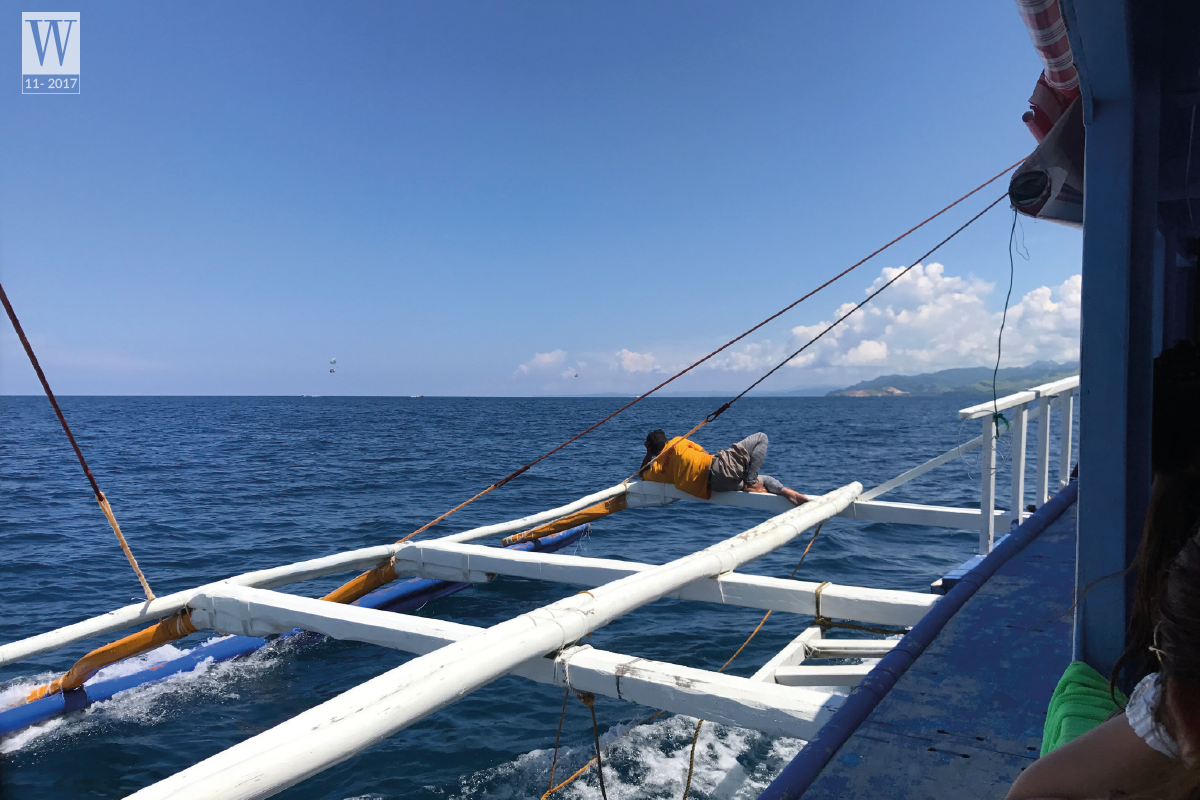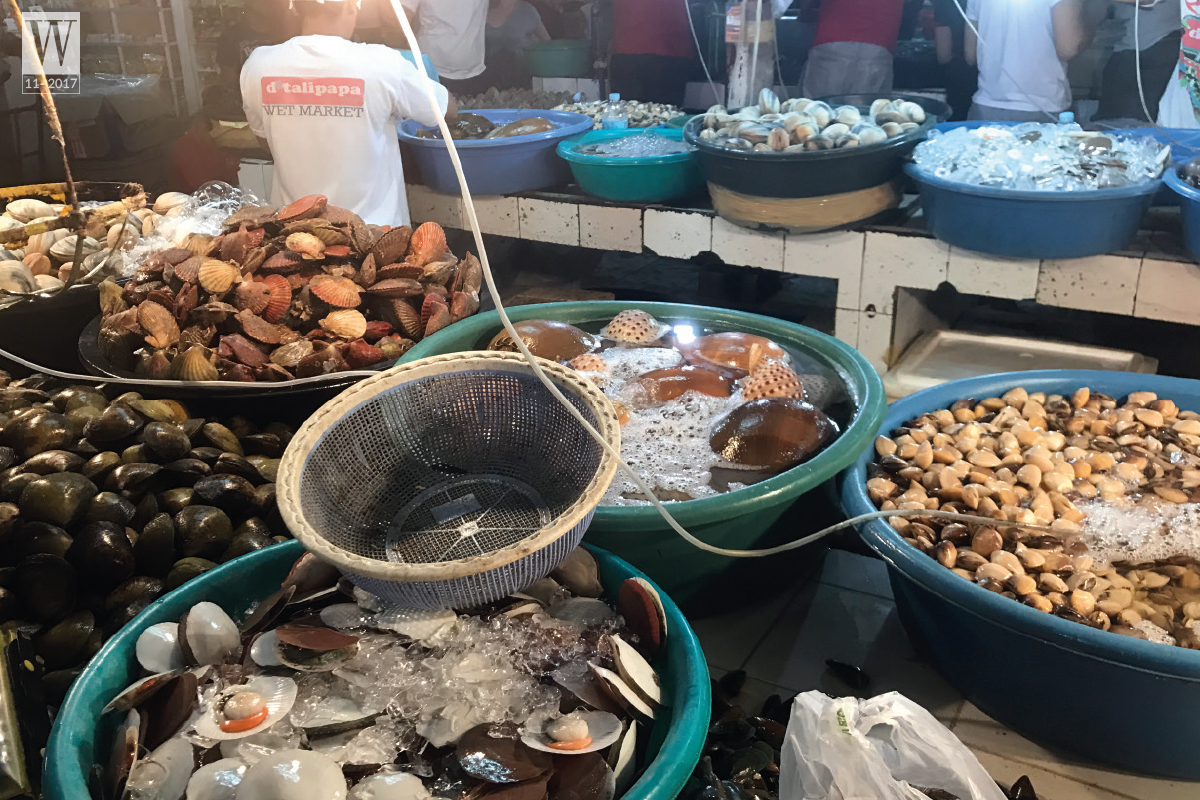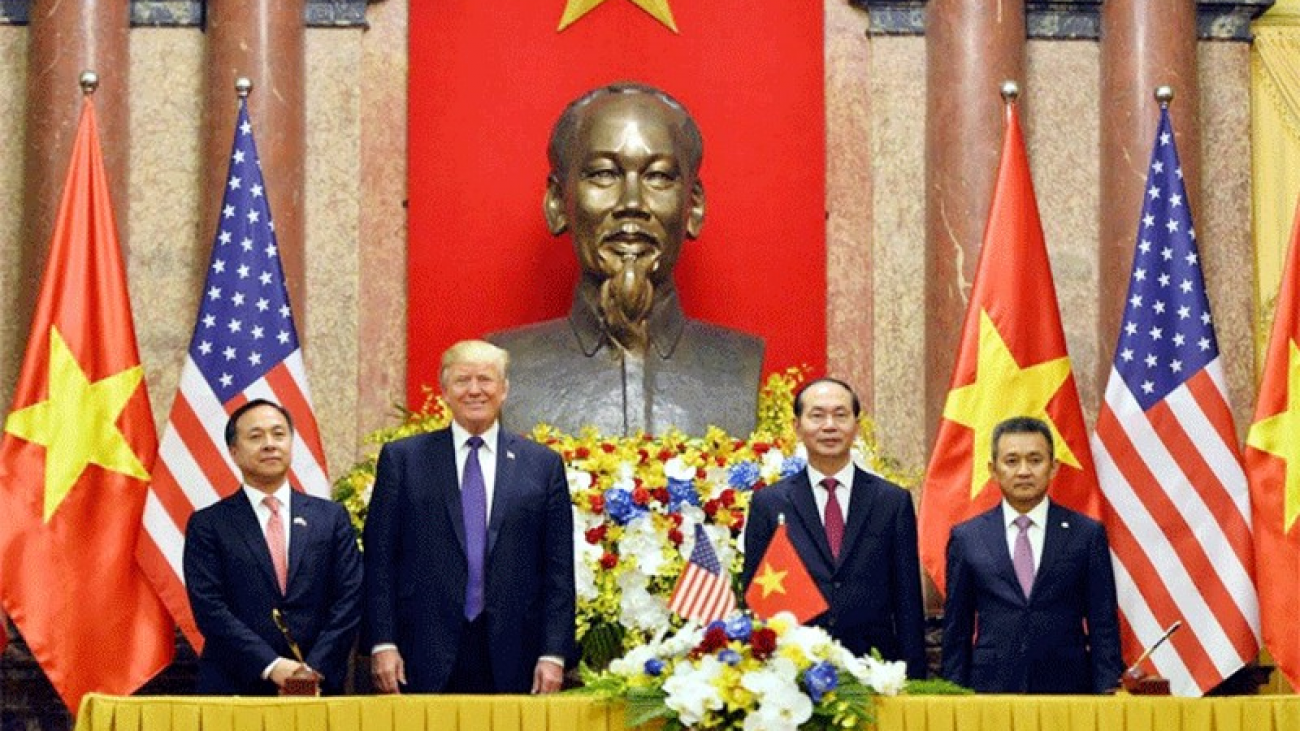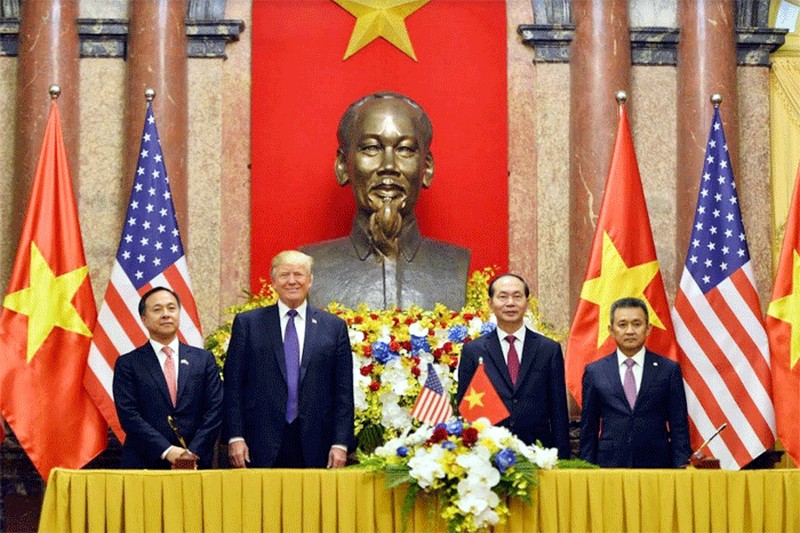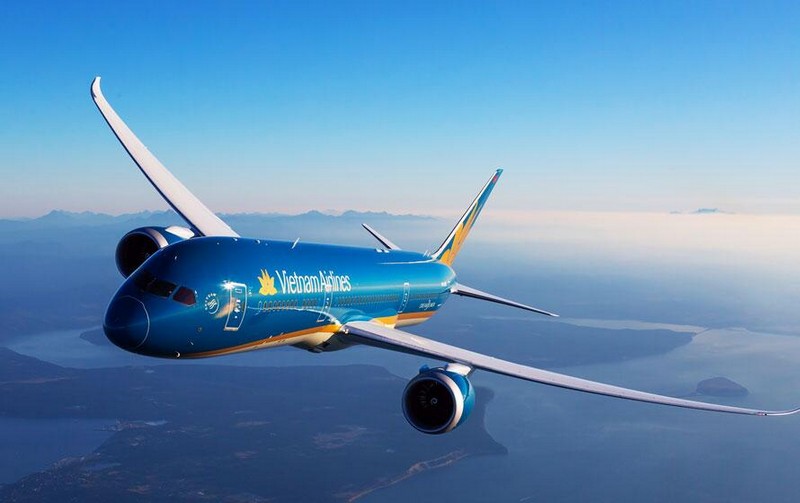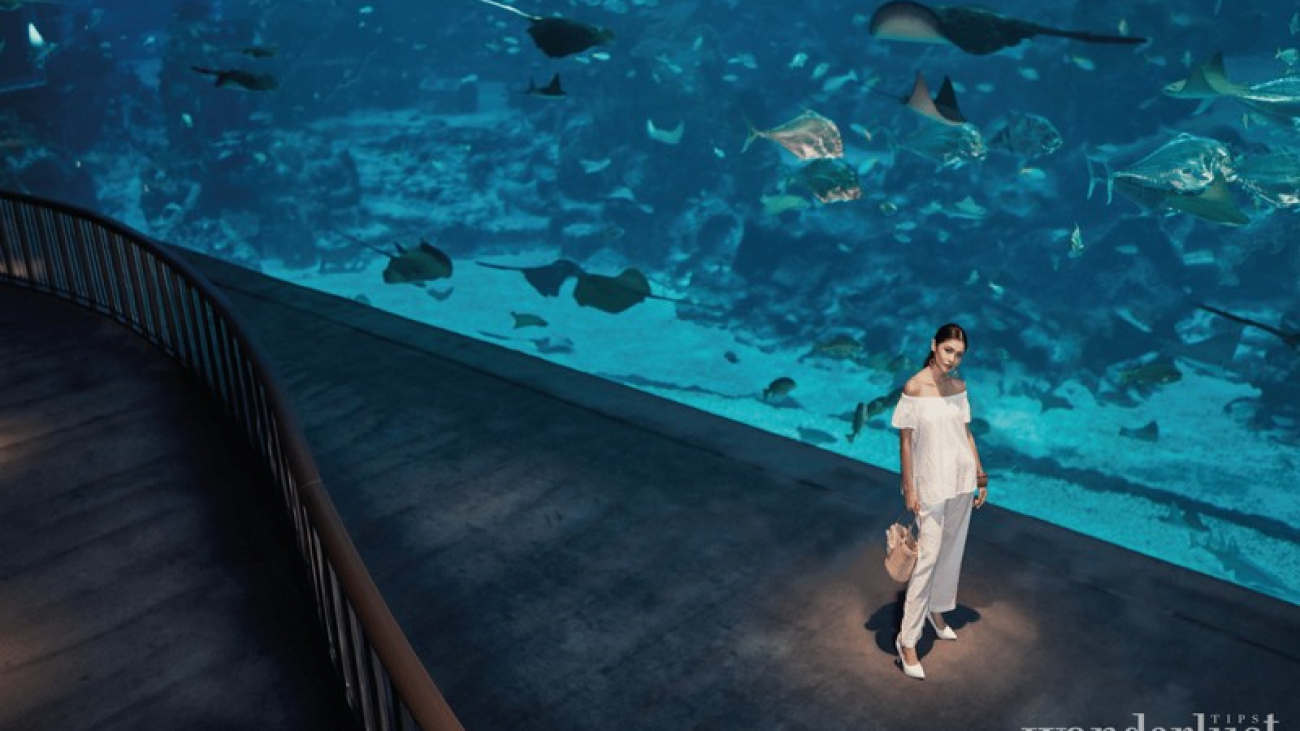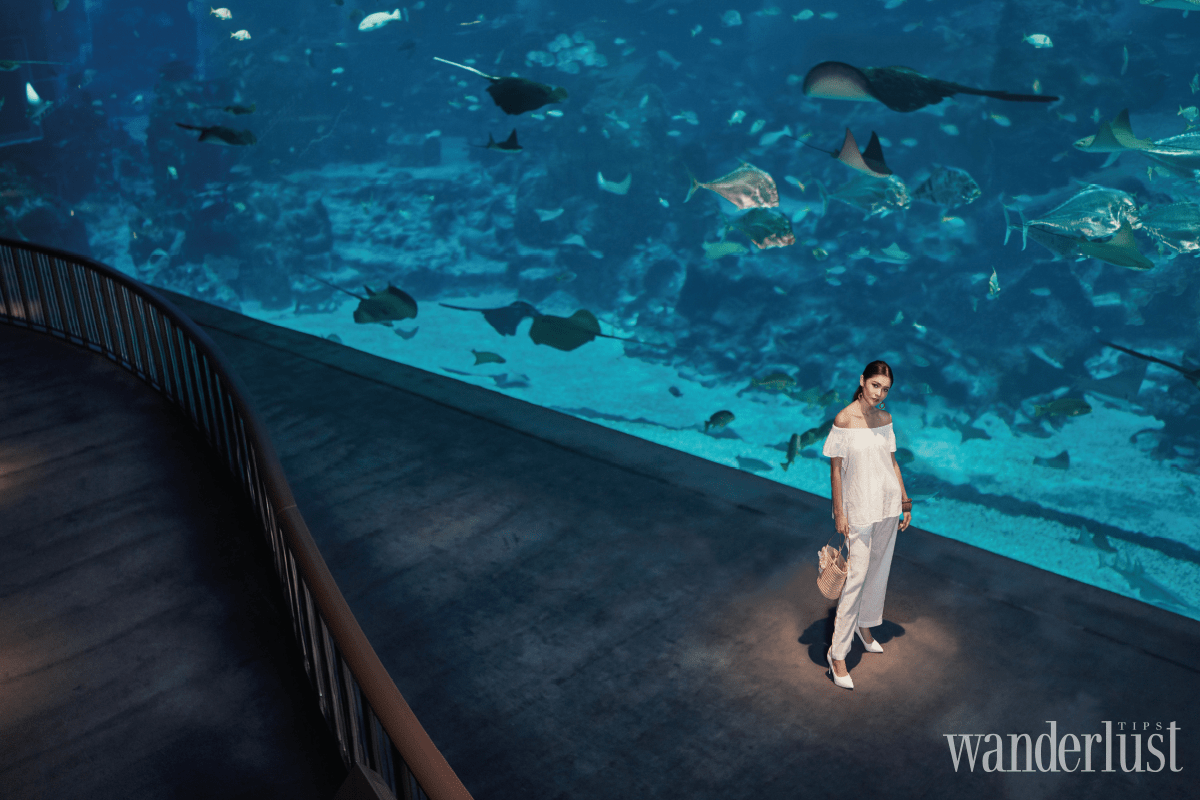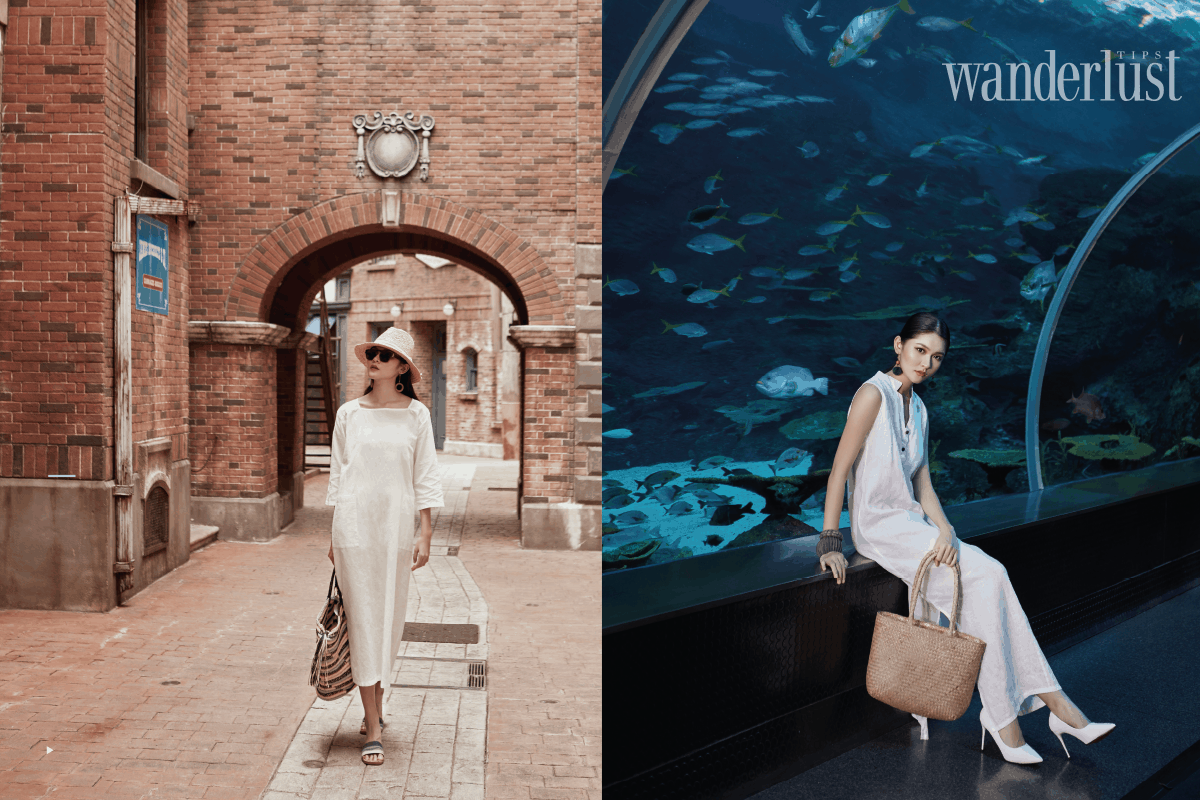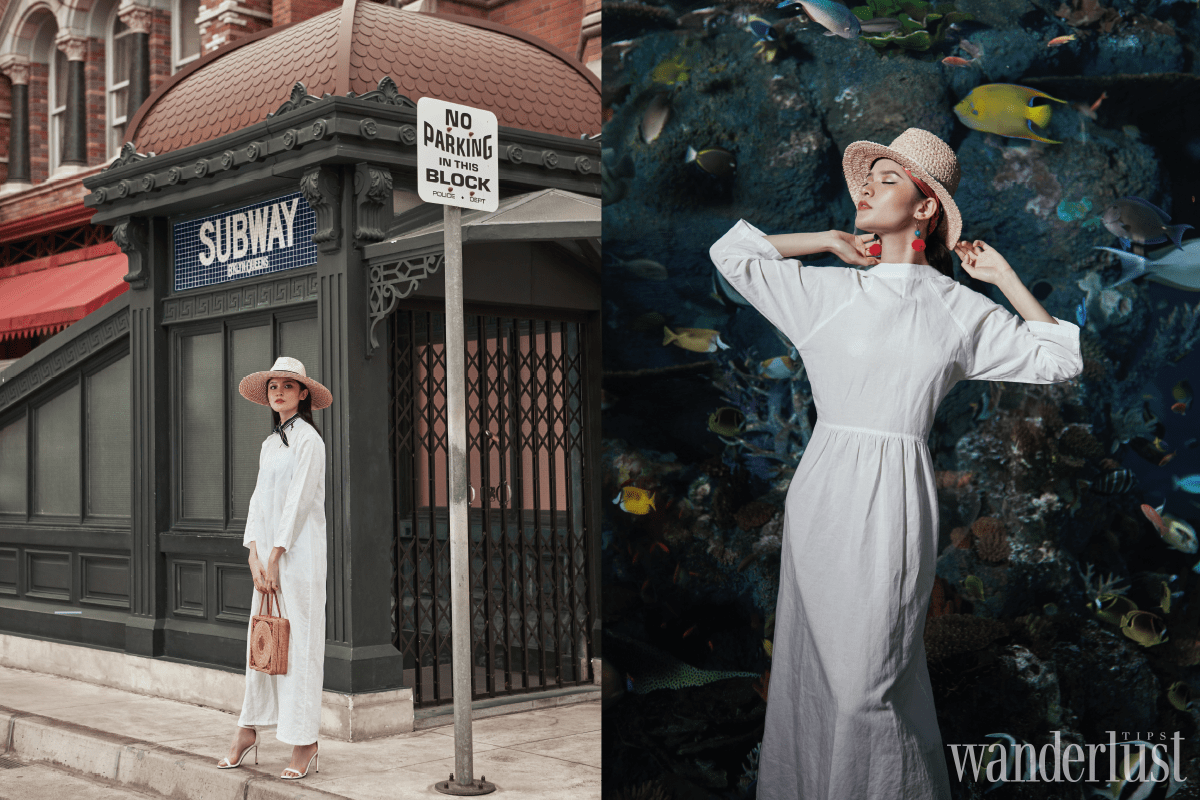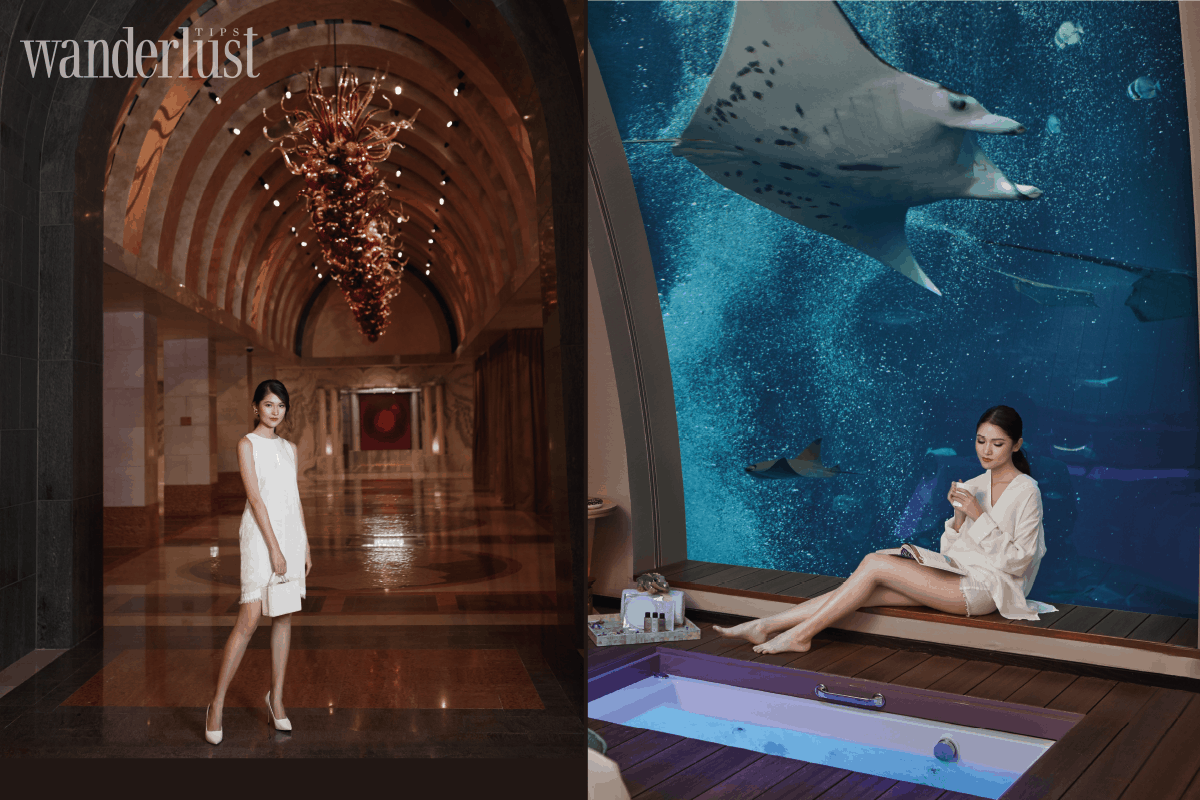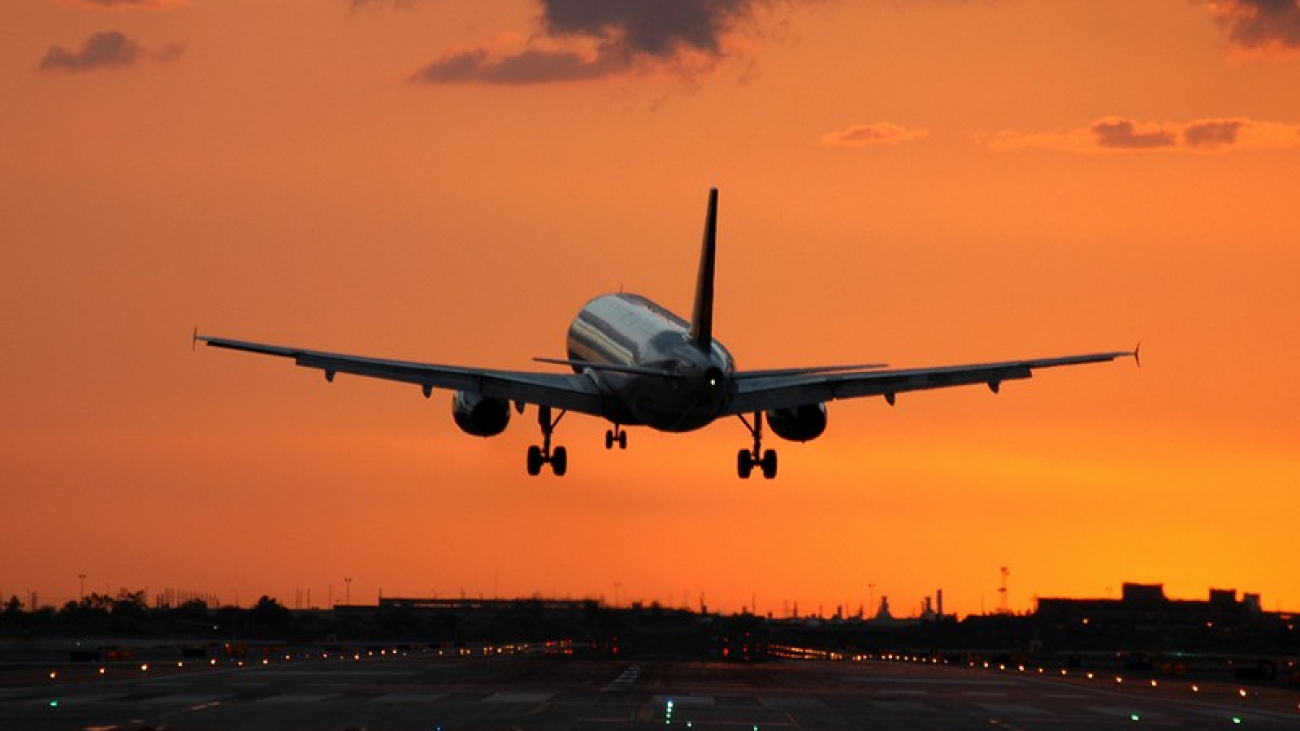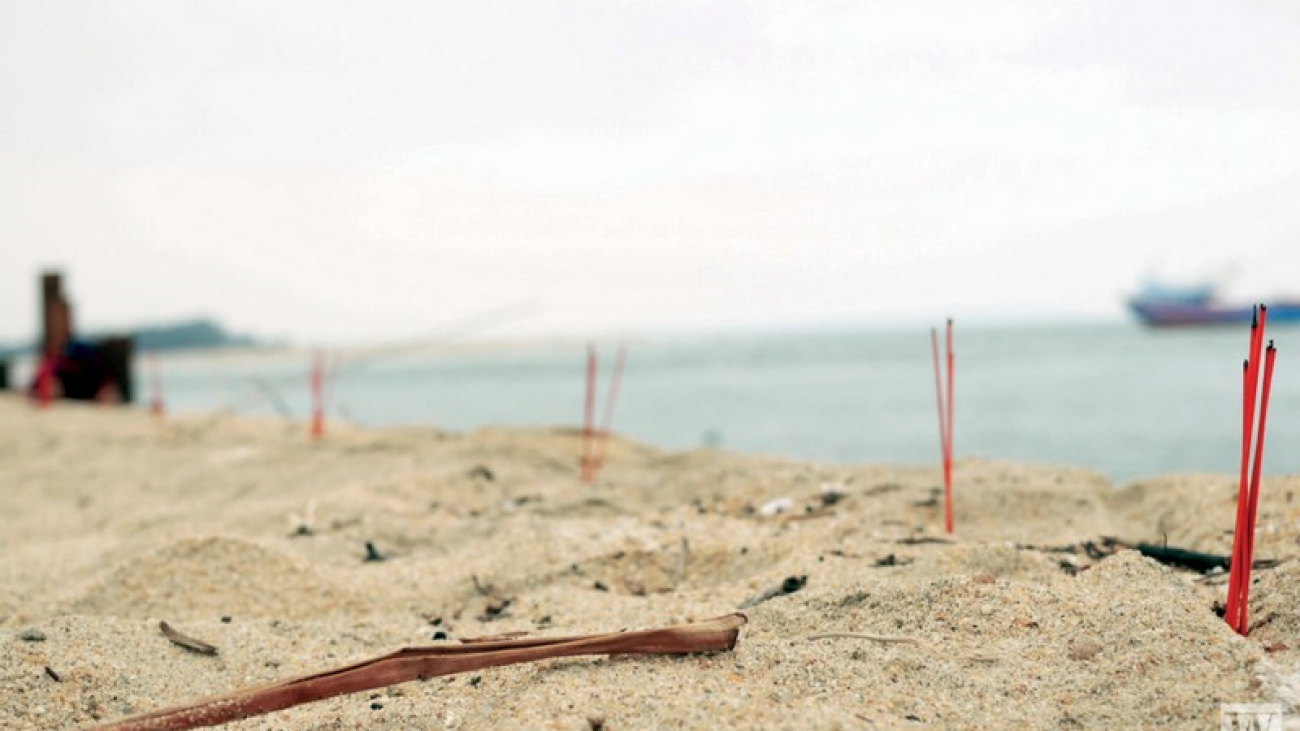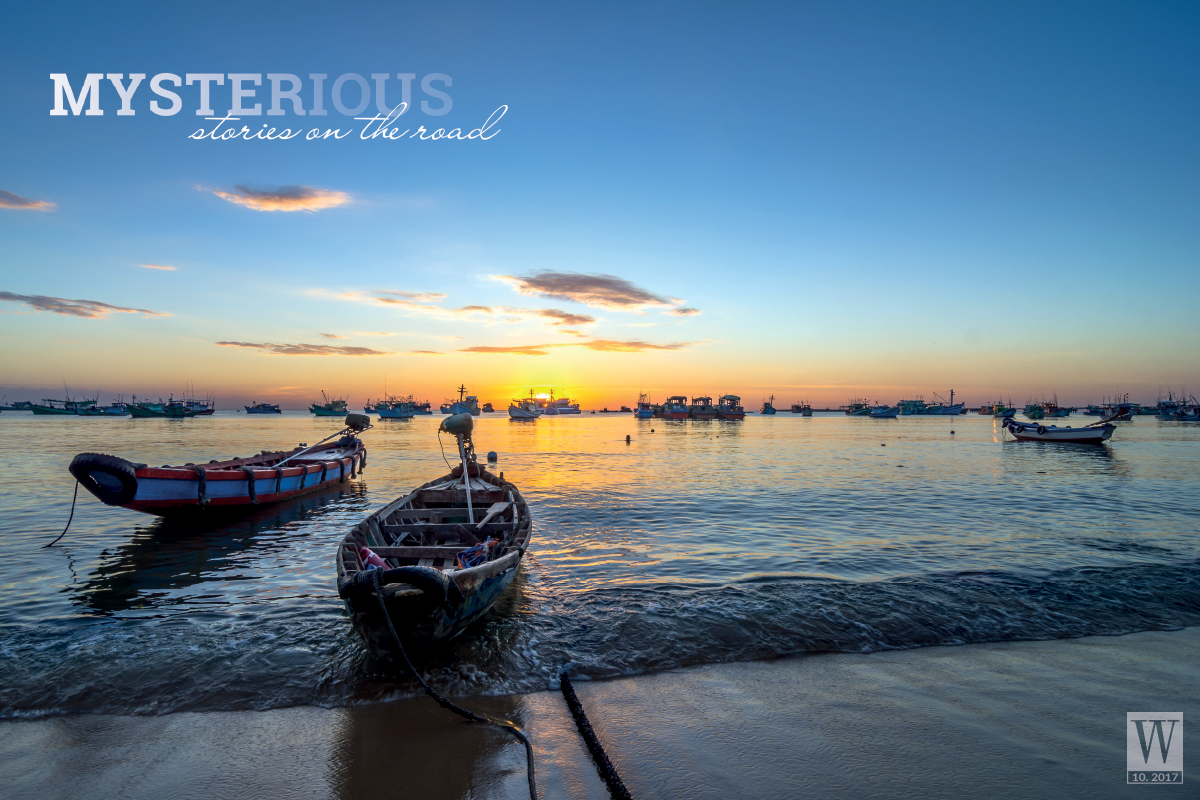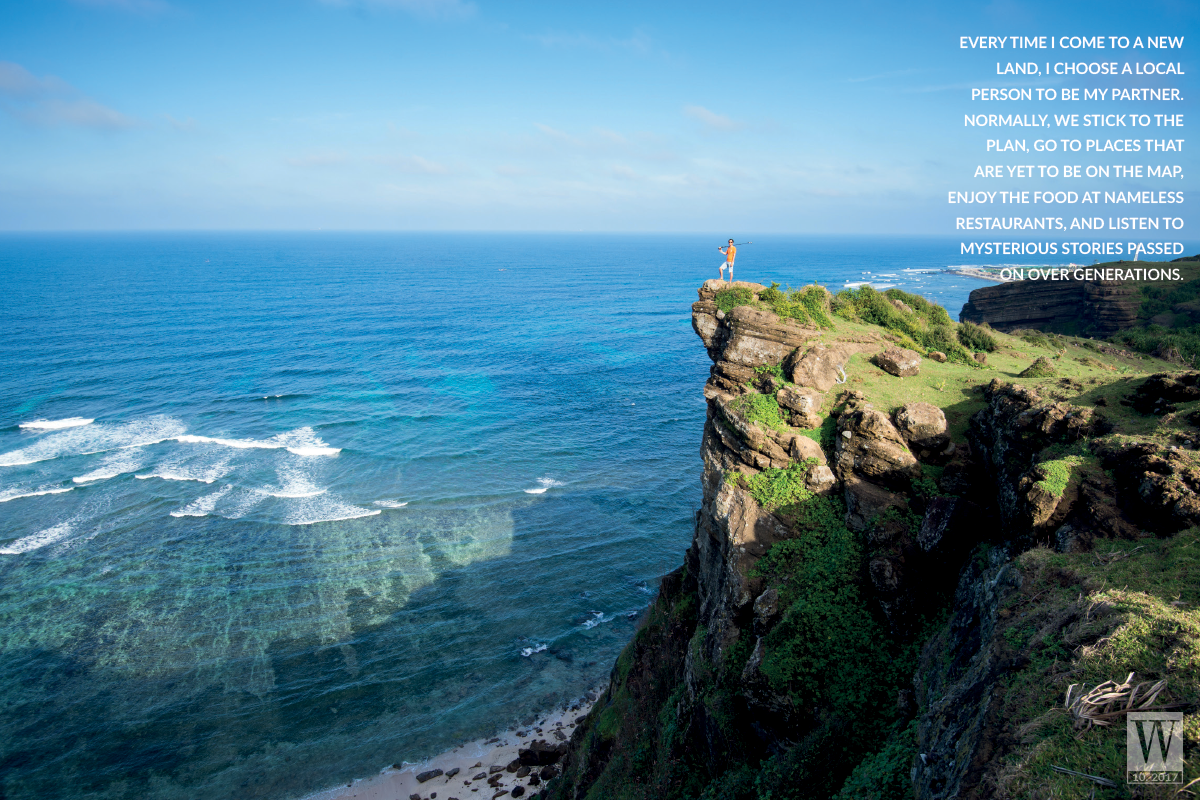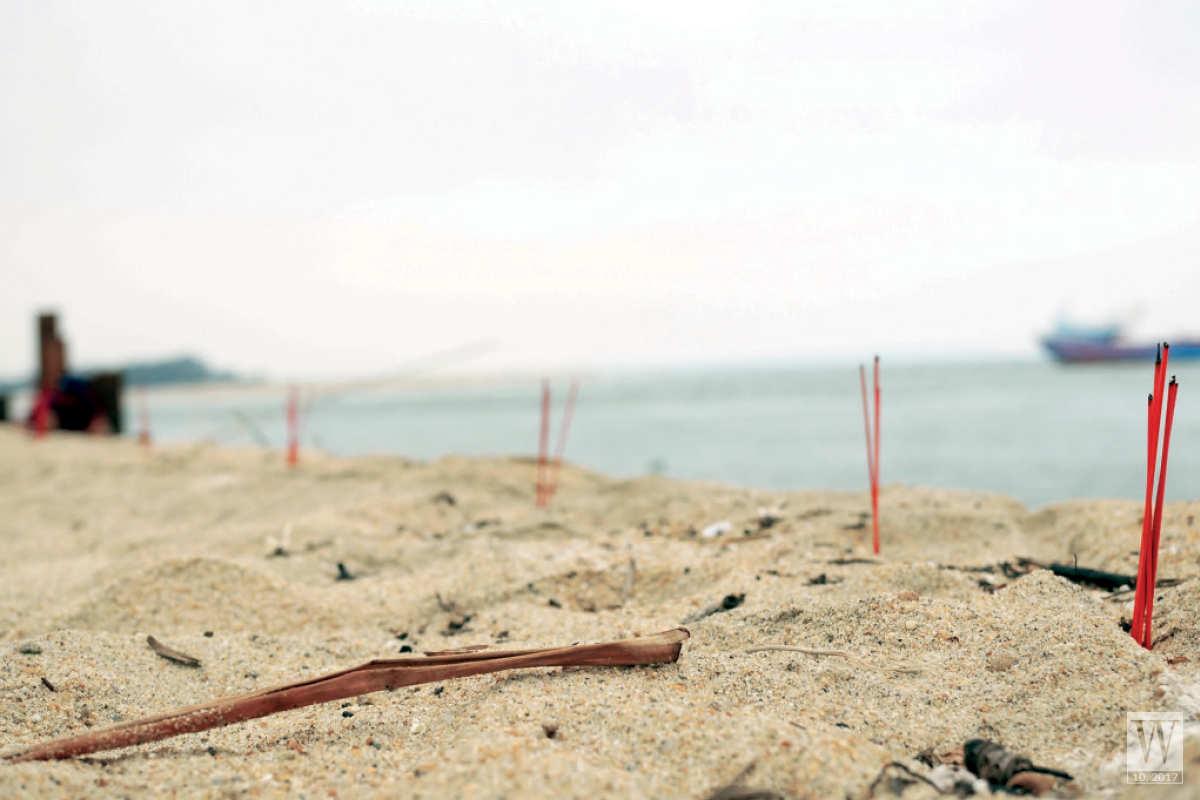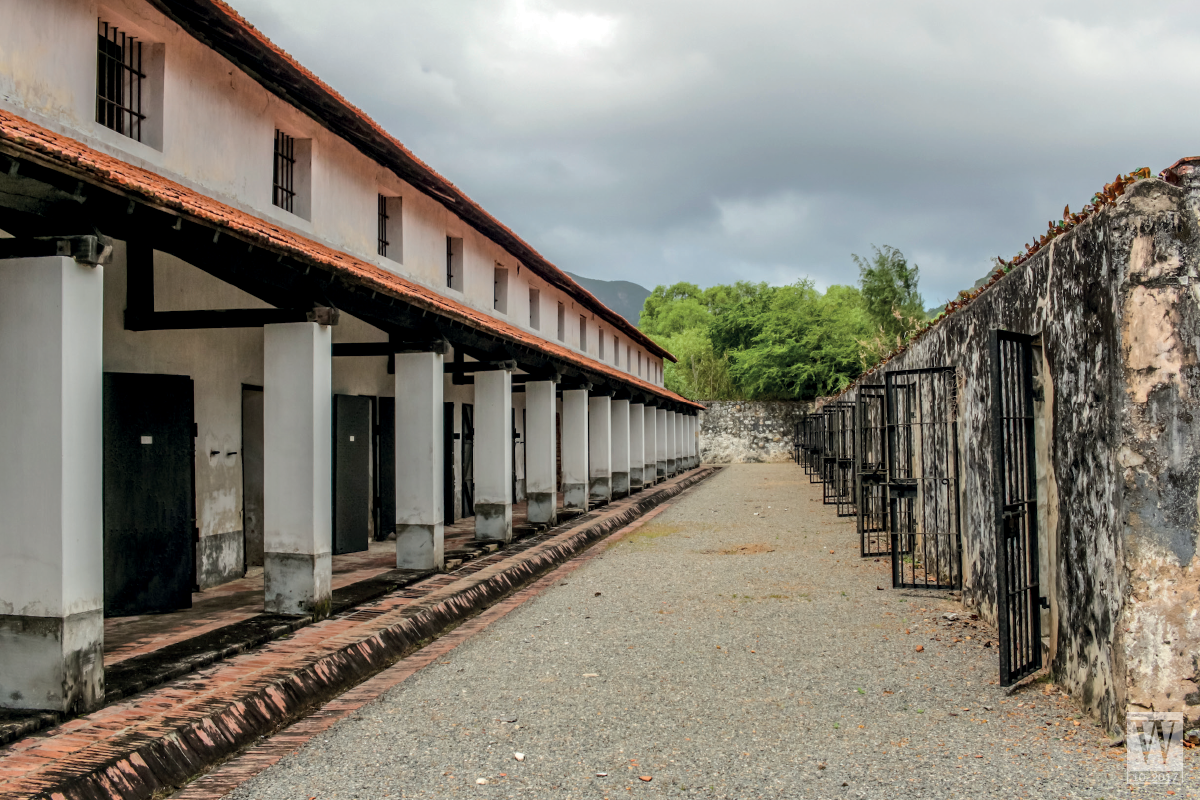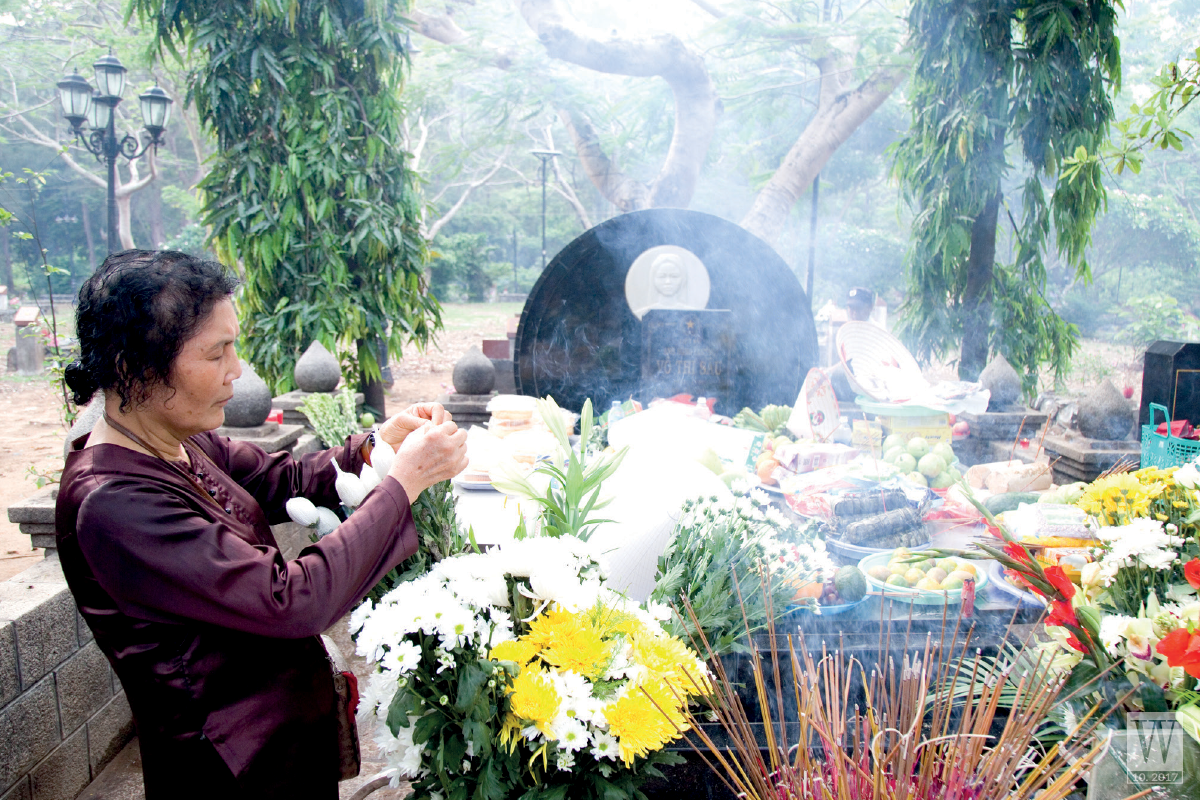The freshest seafood, the most succulent melon, the most spectacular night scenery and the best cheesecake, all of these can be found in Hokkaido, the beautiful island in northern japan.
[rpi]
VISIT
Okurayama Olympics Museum
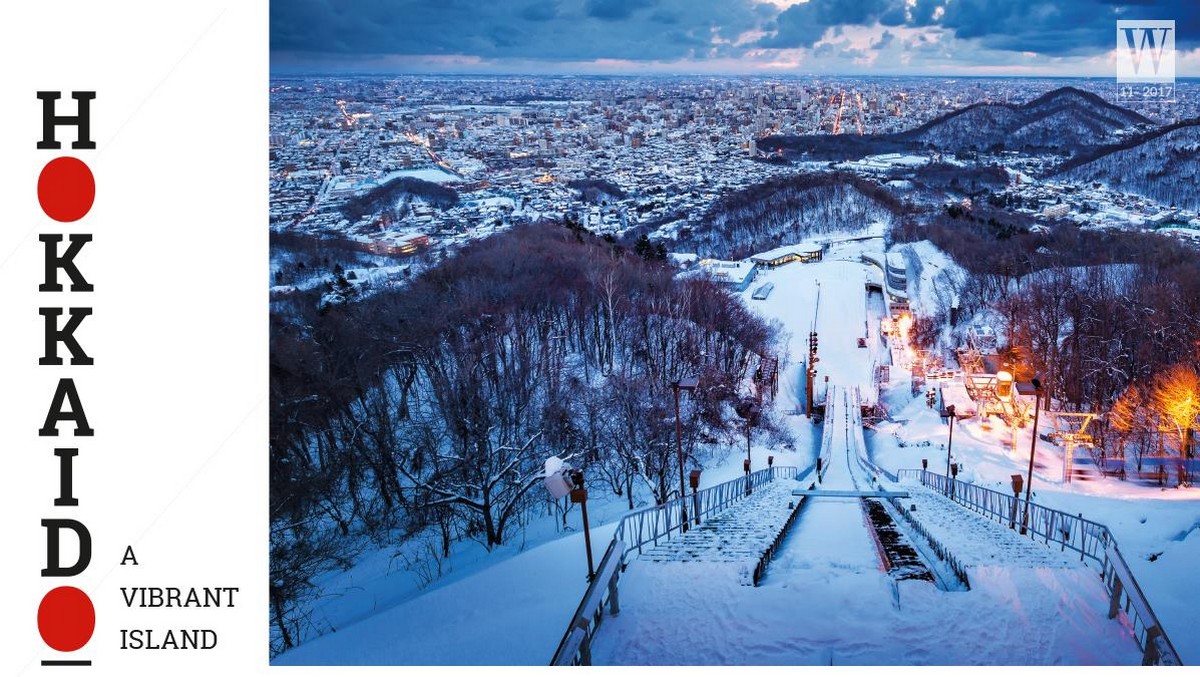
It is a must-visit location for any sport lovers. Located on the foot of the Okurayama Ski Jump Stadium, the museum displays numerous valuable materials from 1972 Sapporo Winter Olympic Games and other international championships such as the Nordic Ski Championships and the Asian Winter Games, which Sapporo hosted. Moreover, visitors going there can also experience all the world’s winter sports like launching off of a ski jump, riding a bobsleigh, and spinning on ice skates. It will be interesting and fun for both kids and adults.
– Address: 1274 Miyanomori, Chuo-ku, Sapporo 064-0958, Hokkaido.
– Operating times: 9am – 6pm (seasonal changeable)
– Tickets: Adults JPY600 ; Free admission for Junior High School or younger.
Yamamoto sightseeing orchard
Without any time restriction, “All-you-can-eat fruit picking” program will be an exciting experience for all visitors travelling there. The fruits there are grown organically, and there are wide variations of seasonal fruits including strawberry, cherry, plum, peach, blueberry, prune, apple, chestnut, and pear. A guest house and a shop were also integrated into the place.
– Address: 1102-5, Nobori-machi, Yoichi-cho, Hokkaido
– Operating times: Every day.
– Tickets: For all-you-can-eat package: JPY1,100 per adult and JPY880per elementary school student. For an all-you-can-eat package with take-away fruits, you have to pay JPY1,850 per adult and JPY1,630 per student.
Ueno Farm
Designed by Sayuki Ueno, this farm is actually a beautiful garden which was rearranged as an English-style one with different plants suiting the climate and soil conditions of Hokkaido. The farm produces the native seasonal plants of Japan’s northern area. The farm also has a variety of animals and birds, which makes it a pleasant place to visit.
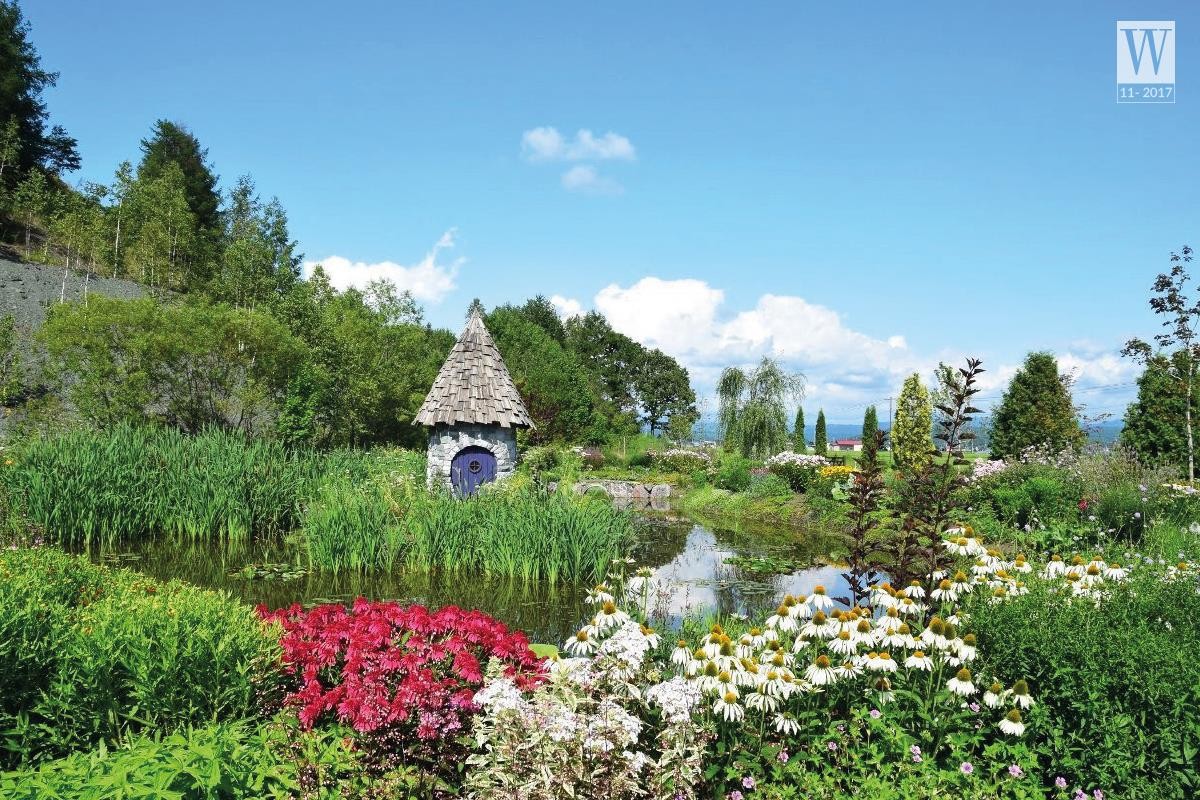
– Address: 186, Nagayama-16, Asahikawa, Hokkaido.
– Operating times: 10am – 5pm. Closed Every Monday from 26th April to 19th October.
– Tickets: Adults: JPY500, Children aged 12 years old or below: Free.
Asahiyama Zoo
The Asahiyama Zoo’s highlights include a glass tunnel through the penguin pool that allows visitors to observe the birds’ underwater flights, and small glass domes in the middle of polar bear and wolf enclosures that can get visitors right among the animals. Animals on display include native wildlife from Hokkaido such as deer, eagles, cranes and (now extinct) wolves, as well as various animals from across the world like polar bears, apes, big cats and giraffes. If you travel by bus, it takes 35 minutes from Asahikawa Station and costs JPY440.
– Address: Higashi Asahikawacho Kuranuma, Asahikawa 078-8205, Hokkaido.
– Operating times: From late April to mid October: 9.30am to 5.15pm (entry until 4pm); From mid October to early November: 9.30 am to 4.30pm (entry until 4pm); From mid November to early April: 10.30am to 3.30pm (entry until 3pm)
– Tickets: JPY820 per person
Shiroi Koibito Park
Shiroi Koibito Park is a fantastic space based on the ideal of deliciousness, fun and stories of sweets from a bygone era. In addition to housing the Shiroi Koibito Factory where well-known Hokkaido confectionery is produced, the park also has a cafe for visitors to savor Ishiya’s original sweets, the Cookie craft Studio, a toy exhibition room and the Rose Garden.
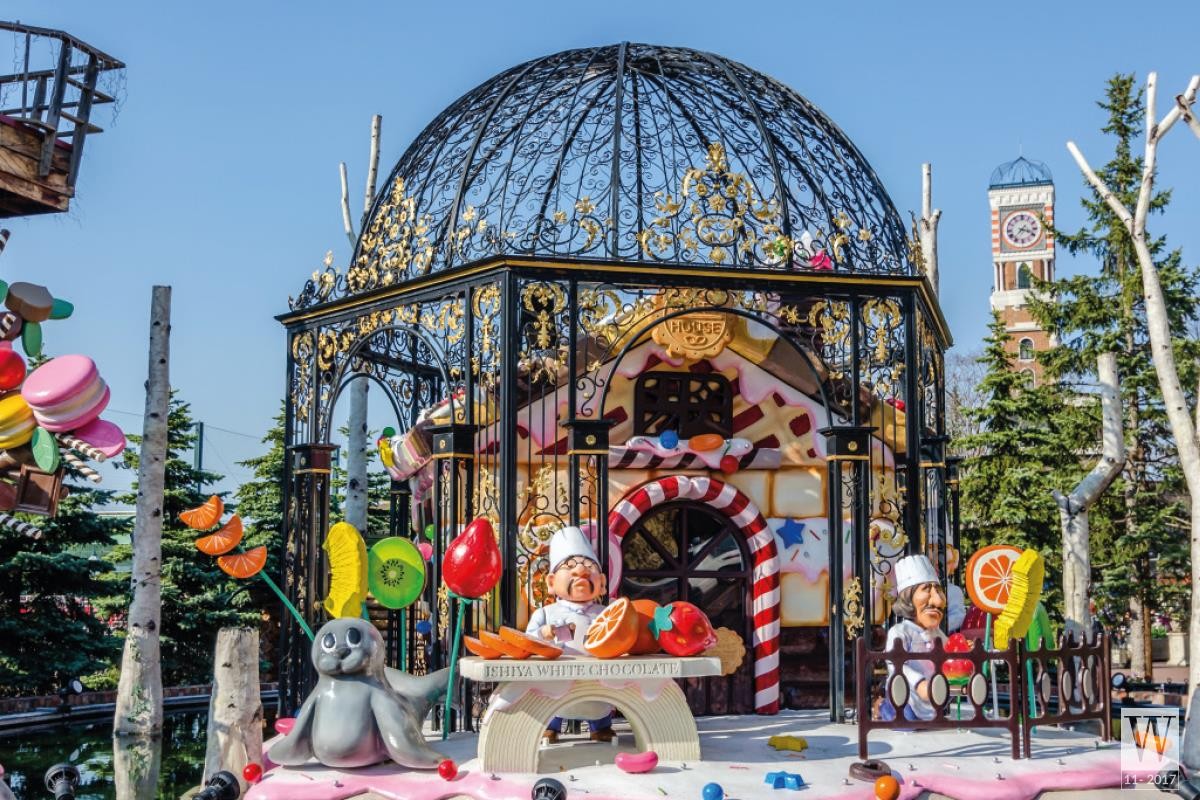
– Address: Miyanosawa 2-jo 2-chome, Nishi-ku, Sapporo 063-0052.
– Operating times: 9am – 6pm. Last admittance: 5pm. Shop closing time: 7pm.
– Tickets: High school students and older: JPY600, Junior high school students and younger: JPY200 (No pets allowed)
The view at night from MT. Hakodate
After taking the Ropeway cable, which can accommodate up to 100-200 people at one time, to reach the Peak of Hakodate Mountain, you can enjoy the spectacular night view which looks like sparkling jewels. People even said that the landscape at night would be much more fabulous around Christmas time. This view is rated three stars in the “Michelin Green Guide Japan”. The best time for this beautiful night view is about 30 minutes after sunset.
– Address: Hakodateyama, Hakodate 040-0000, Hokkaido.
– Tickets: The cable car round trip fare is JPY640 for a child and JPY1,280 for an adult (cheaper for groups of 15 and more).
Tomita Farm
Being covered in rainbow arrays of flowers and with the mountains of Daisetsuzan National Park as a background, the farm boasts 12 splendid flower fields and 1 forest on a 20 hectares area. Furthermore, there are many houses where visitors can see how people produce the flowers such as the dried flower house, the perfume workshop, the distillery workshop and the potpourri house. From June to September, Japan Railway opens a temporary train station called Lavender Batake to accommodate the influx of visitors.
– Address: Kisen Kita 15-go, Nakafurano-cho, Sorachi-gun, Hokkaido 071-0704.
– Operating times: 9am – 4.30pm form October till late April, 8:30am – 6pm from late April to September.
– Free entrance
Nikka Whisky Yoichi Distillery
The distillery was built in 1934 by Masataka Taketsuru, who was known as the father of Whisky in Japan. In addition to the distillery, a whisky museum displays many interesting materials and the production methods of whisky as well as the history of Nikka Whisky where Taketsuru and his Scottish wife Rita lived. Nine historical buildings, including a kiln building (the first drying tower), were registered as tangible cultural properties in 2005.
– Address: Kurokawa-cho, Yoichi-machi, Hokkaido.
– Operating times: 9am – 5pm (admission until 4pm)
– Free entrance
EAT
Lamb Dining Okurayama
This restaurant serves the famous Jingisukan (Genghis Kahn BBQ) – Mongolian Lamb Grill which is really tasty, especially after you get freezing cold after a ski lift. This dish is known as Hokkaido’s soul food. You can choose between the ski-jump-view side and the-city-view side. You can also compare Hokkaido lamb, Australian lamb with Chilled lamb Tabekurabe set with the price of JPY1,900.
– Address: 1274 Miyanomori, Chuo-ku | Okurayama Jump Stadiom, Crystal House 2F, Sapporo 064-0958, Hokkaido.
Asahikawa Ramen Village
Asahikawa Ramen Village, located in the suburb of Asahikawa city, is home to 8 ramen shops in one location including Aoba, Santoka, Baikohken, Ittetsu-an Matsuda, Tenkin, Ishida, Kobo, Kato and Saijo. Each shop offers their own unique assortment of ramen varieties. Most of the menus are written in Japanese. In case you don’t know how to order, just point at the picture of ramen that you like the most. Most of the ramen shops represented at the ramen village can also be found in downtown Asahikawa. It is also a must to take photos with a giant ramen display.
– Address: Nagayama 11-jyo, 4-chome, Asahikawa, Hokkaido 079-8421.
– Operating times: Daily from 11am to nearly 9pm.
– Cost: JPY1,000 – 2,000 per person.
– Access: 20 minutes by taxi from the JR Asahikawa Station.
Kaiseniya Otaru Isozushi
This small Japanese restaurant along Sakai-machi street sells seafood don (seafood bowl) and sushi with excellent taste. It has the capacity of 72 seats, and is open all week including Sundays. There is a large-sized water tank with “live squid special” in front of the restaurant, and the live squid is sent from Hakodate every day.
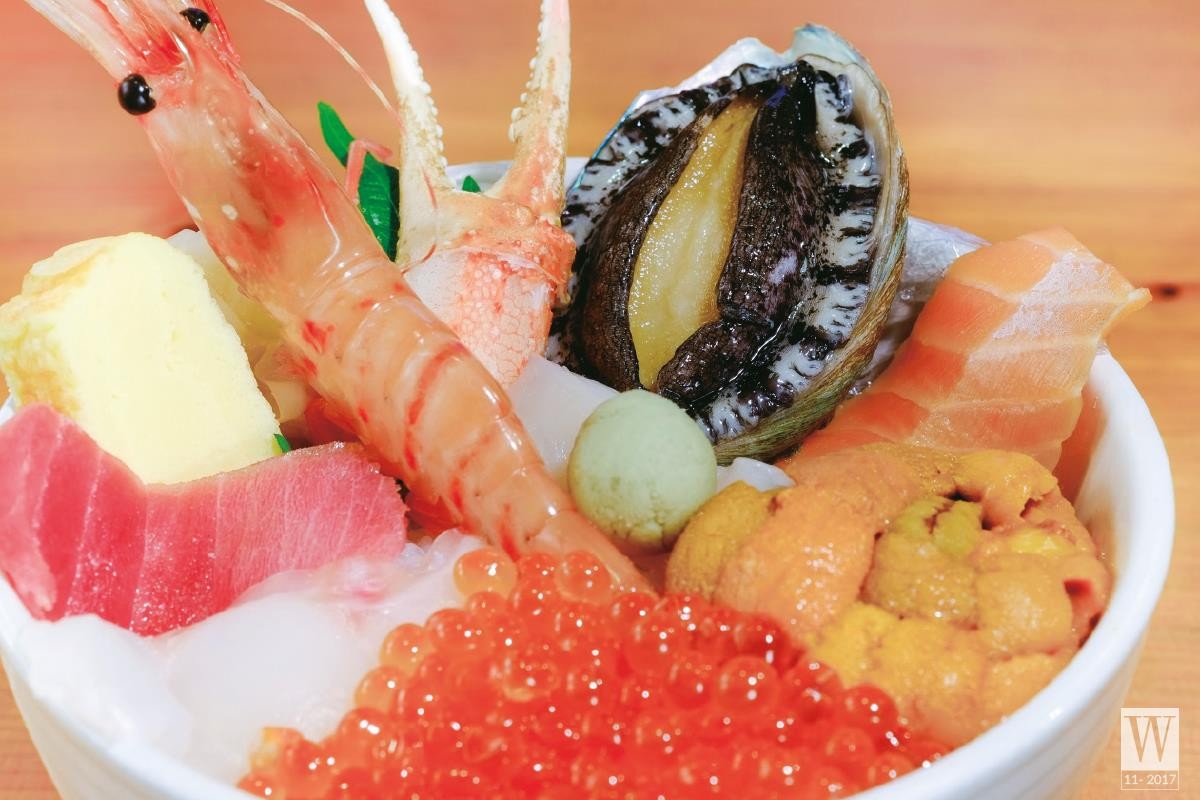
– Address: 4-1 Sakaimachi, Otaru 047-0027, Hokkaido.
– Operating times: 10am – 4pm.
– Cost: JPY2,000 – 4,000.
Nikka Kaikan Restaurant Taru
This restaurant is located inside the Nikka Whiskey Yoichi Distillery. After a walk and a taste of whiskey, this is the perfect stop to try Japanese delicacies such as sushi, tempura, noodle, miso soup, and shabu hotpot. Chan Chan Yaki (grilled salmon with vegetables) is a recommended dish you should try there. The restaurant offers a quiet space, excellent service, and great food.
– Address: 7-133 Kurokawacho | Nikka Kaikan 1F, Yoichi-cho, Yoichi-gun 046-0003, Hokkaido.
– Cost: JPY1,000 – 1,500 per dish.
– Operating times: 11am – 4pm.
SHOPS
Aeon mall Asahikawa Ekimae
There is an Aeon supermarket, pharmacy and food stores on the first storey, female fashion shop on the second storey, Daiso and lifestyle products on the third one. The top storey is for the cinema and restaurants. You can get 3 hours free parking with a bill from JPY2,000 at any store.
– Address: 7-2-5 Miyashitadori, Asahikawa 070-0030, Hokkaido.
The Wing Bay Otaru
The Wing Bay Otaru is one of the largest malls in Hokkaido, and beloved by Otaru citizens. It isn’t like a big city, sparkly shopping destination but has a more suburban and “homey” feel. The mall is linked directly to the JR OtaruChikko train station via a short covered walkway. Besides international brands, there are little quirky shops that sell retro local stuff such as toys, snacks, and paraphernalia.
– Address: 11 Chikko, Otaru 047-0008, Hokkaido
– Operating times: 10am – 9pm.
Hokkaido Morning Market
If you want to experience a local touch, the market is a must. It offers an interesting microcosm of the people. While dealers bargain out loud, middle-aged local women walk and choose their products on display. The variety of items, in particular, seafood, along with the food stalls makes the market a place for consideration to visit, and even to have a late breakfast or a brunch. Fresh seafood and fruits are worth buying.
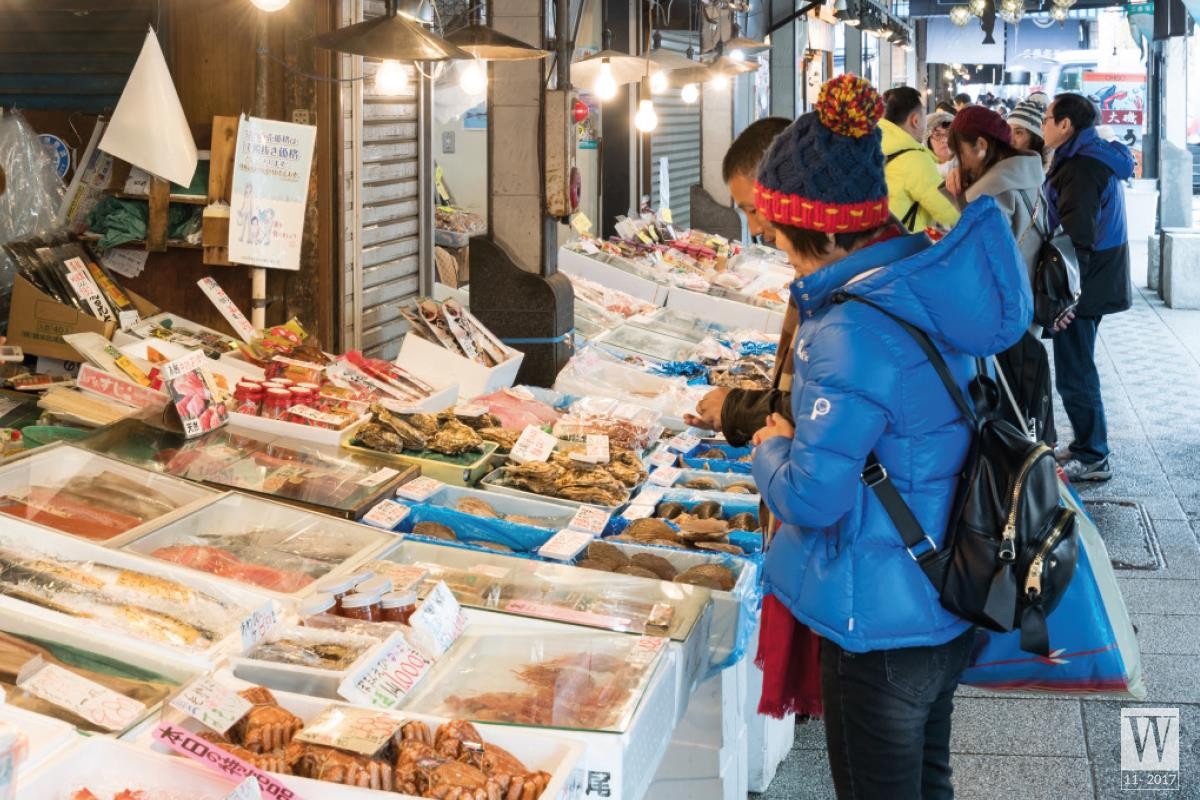
– Address: JR Hakodate Station, Hakodate, Hokkaido.
– Operating times: 5am.
Sapporo Central Wholesale Market
You should visit Curb Market or the Sapporo Jyogai Ichiba that borders the Sapporo Central Wholesale Market. There are around 60 stores there including seafood, greengrocers, butchers, and liquor stores. Many of the seafood stores have eating spaces included at a reasonable price. There are places where you can eat Hokkaido cuisine other than seafood, such as soup curry, ramen, or Genghis Khan barbecue. After you enjoy eating and shopping, you can relax at the public bathhouse inside the market called Sakaeyu when it opens at 2pm.
– Address: 21-2-3 Kita 11-Jo Nishi, Chuo-ku, Sapporo 060-0011, Hokkaido.
– Operating times: 6am.
STAYS
Jozankei View Hotel
Jozankei View Hotel has 647 guest rooms in different types surrounded by a lush green area. The guests can enjoy delightful dining experiences with a wide variety of gourmets from Japanese cuisine to Chinese and Western cuisine. Highlights include hot spring experience (onsen) and a playground for kids called Lagoon, which bring joyful and revitalizing moments to all the guests. The hotel, though, is not a new hotel with highly modern facilities to expect for. (built in 1985).
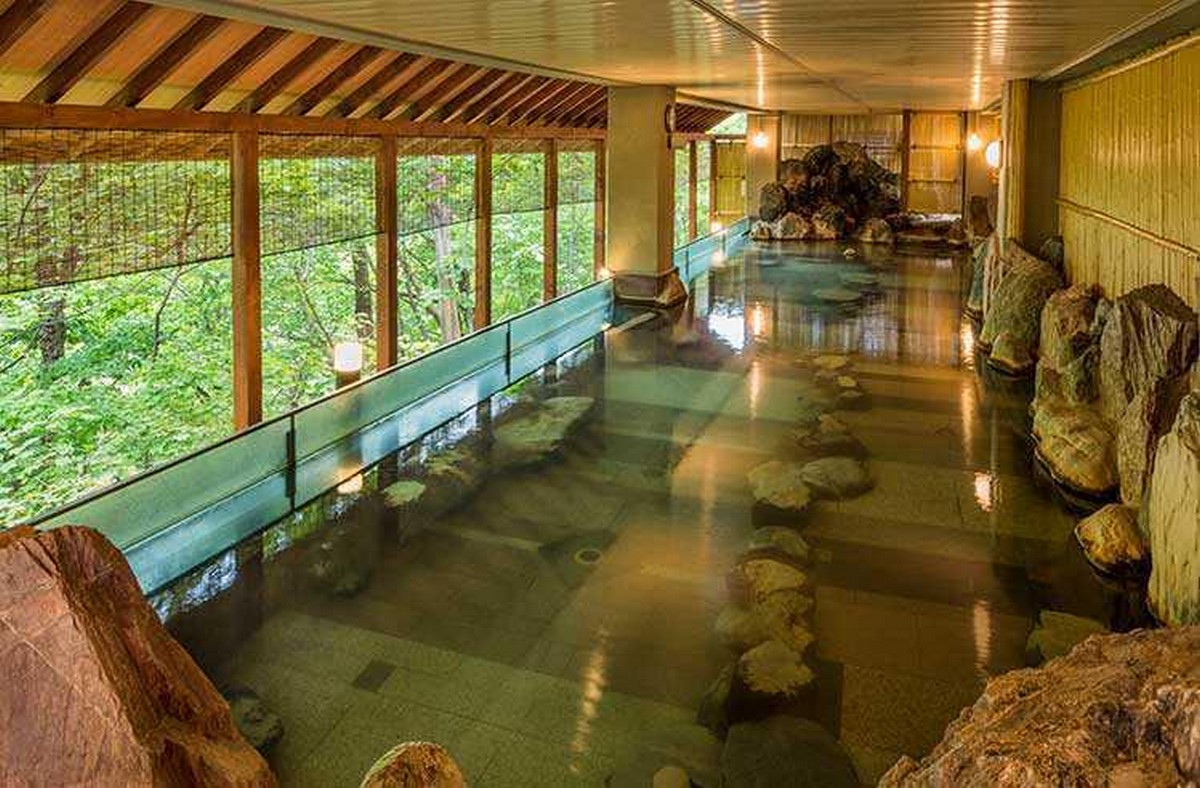
– Address: 2 Chome Jozankeionsenhigashi, Minami Ward, Sapporo, Hokkaido 061-2302.
– Price: From JPY16,200.
Art Hotel Asahikawa
Art Hotels Asahikawa is located conveniently near the major buildings and downtown shopping area in the city. It takes one day to get from the hotel to famous interesting spots such as to Daisetsu Mountain, Furano, and Biei. Art Hotel Asahikawa features 265 rooms in Western style, 3 dining options, a sauna and fitness facilities to give comfort to both business or holiday guests.
– Address: 6 Chome 7 Jodori, Asahikawa, Hokkaido 070-0037.
– Price: From JPY6,156 per room per night.
Hotel Otaru Grand Park
With a wide selection of multi-functional rooms ranging from 53 square kilometres to 682 square kilometres, the hotel offers guests comfortable space in both Western style and Japanese style with a breathtaking view over mountains and ocean. The guests can have Italian, Japanese or Chinese dishes in 5 restaurants and bars while enjoying the views of Ishikari Bay and Otaru Bay Marina. Staying at Grand Park Otaru also means you have a giant shopping mall at your hotel’s doorstep.
– Address: 11-3 Chikko, Otaru, Hokkaido, 0470008.
– Price: From JPY2,715 per night.
EXCLUSIVES
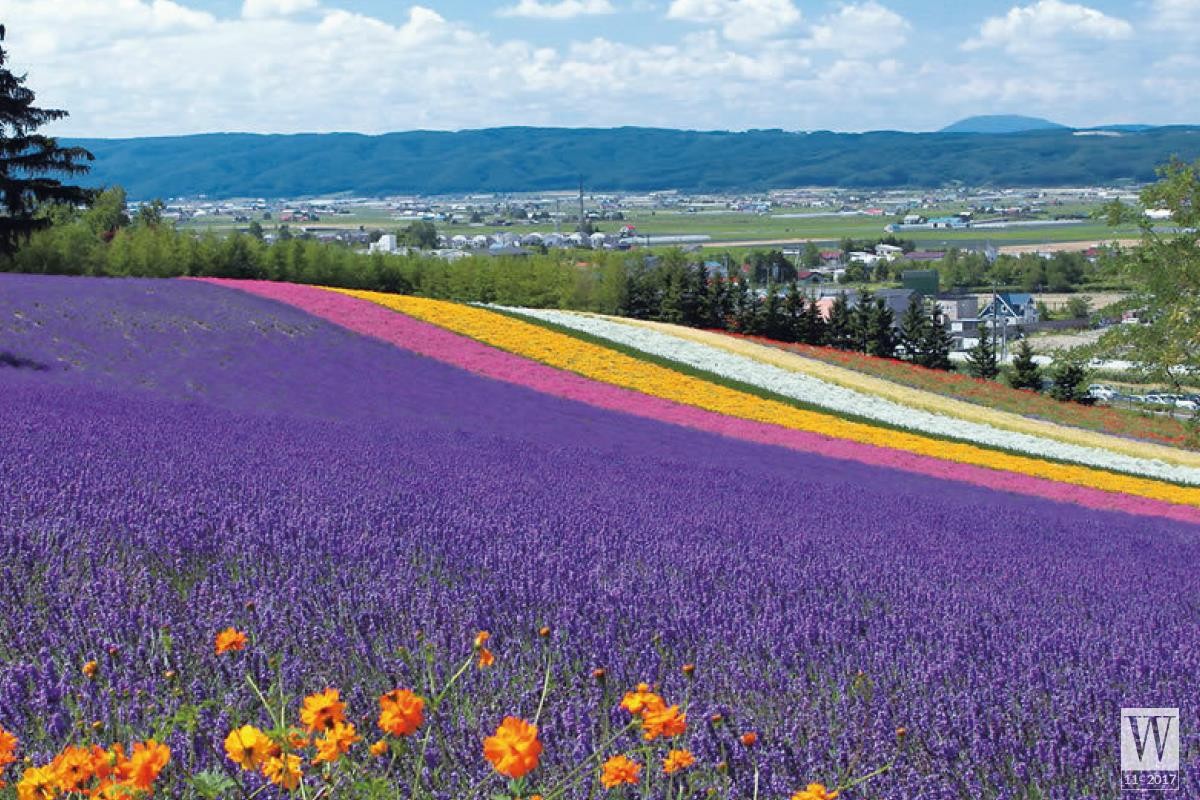
Kaimeiro Music Box Store
Located in a historical stone-built building that was once the site of an Otaru canal’s bank, Kaimeiro creates its very own music cylinders, so you can find a selection of hard-to-find songs or even order your very own custom-made music box with your favorite songs. You can also experience selecting a unique box and decorations to accompany your chosen songs, and create your very own music box through the store’s hands-on class. With slight adjustments, you can transform the store’s existing music box into your very own keepsake.
– Address: Sakaimachi 1-20, Otaru, Hokkaido.
– Operating times: 10am – 7pm.
Letao
From Otaru, Hokkaido, LeTAo started their sweet story in 1998. LeTAo double fromage fans cannot miss the chance to visit its main shop. The two-layered Double Fromage, made of baked cheesecake with a rich cheese flavor and unbaked cheesecake that is light and milky, is now delivered nationwide and even worldwide. The shop only sells frozen cakes that need defrosting for 2 hours before eating for a perfect taste.
– Address: 7-16 Sakaimachi, Otaru City, Hokkaido, 047-0027.
– Operating times: 10am – 6pm.
24K studio & showroom
Ezo sika deerskin product can be a luxury souvenir to bring home from Hokkaido. Designer and leather craftsperson Kiriko Takase’s 24K brand Ezo sika deerskin products feature refined, elegant shapes and a subtle warmth. With its gorgeous contemporary design and high-end leather, a bag can cost JPY70,000 – 80,000.
– Address:: 1F Museum, 6 Minami 3-jo Higashi 2-chome, Chuo-ku Sapporo, Hokkaido.
Kitaichi Glass
Taking a hot sip of coffee or tea in a dazzling ambiance, enjoying the stunning and colorful glass handmade products can delight your day. Coming there, you are not just a shopper but an artist who can create your own products by spraying sand on the surface of the glass with the cost ranging from JPY900 to JPY3,150 or making Tonbonball with the cost of JPY1,000 for 20 minutes.
– Address: 7-26 Sakaimachi, Otaru, Hokkaido 047-0027.
– Operating times: 8.45am ~ 6pm everyday.
Hong Nhung | Wanderlust Tips
